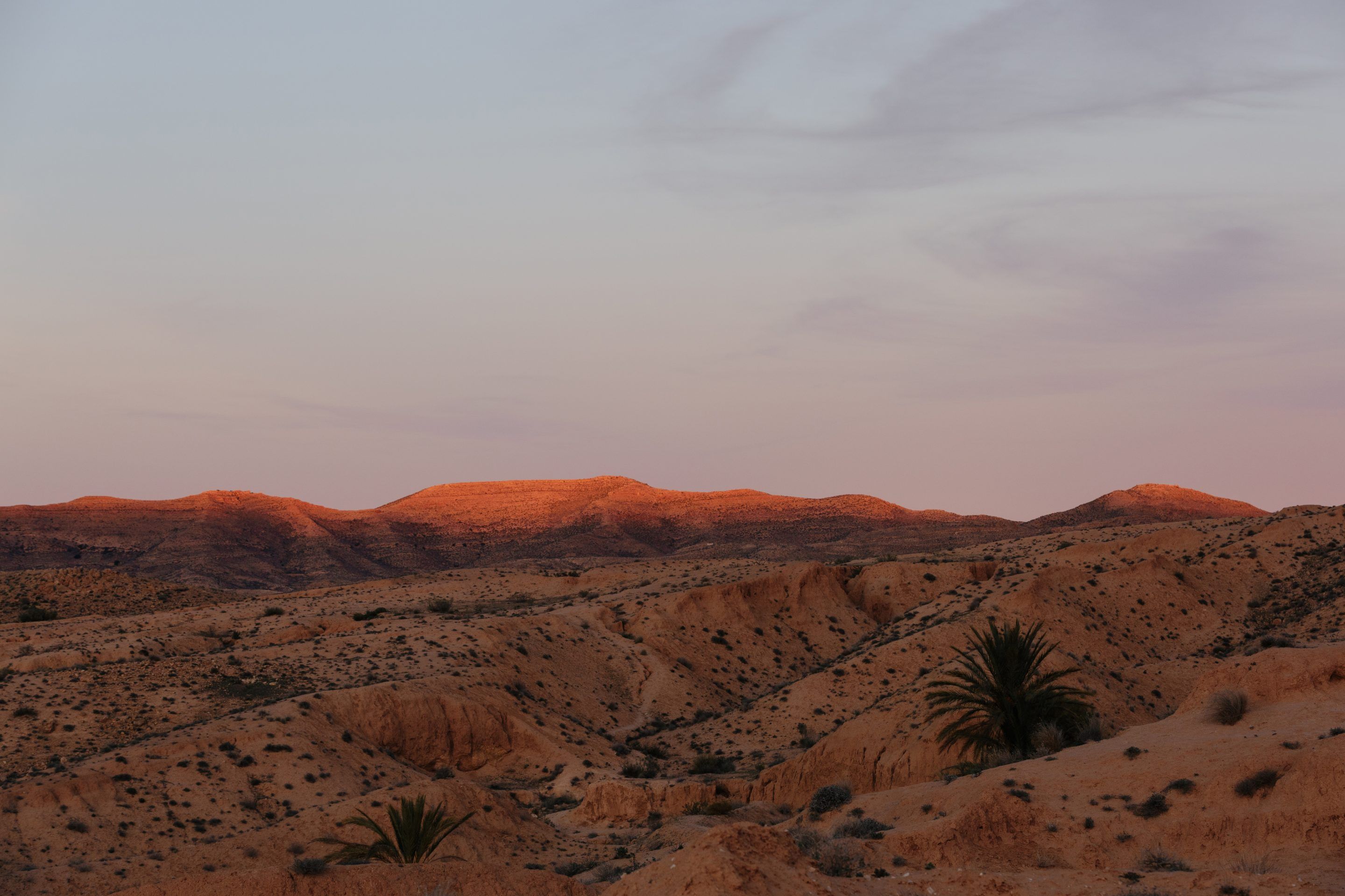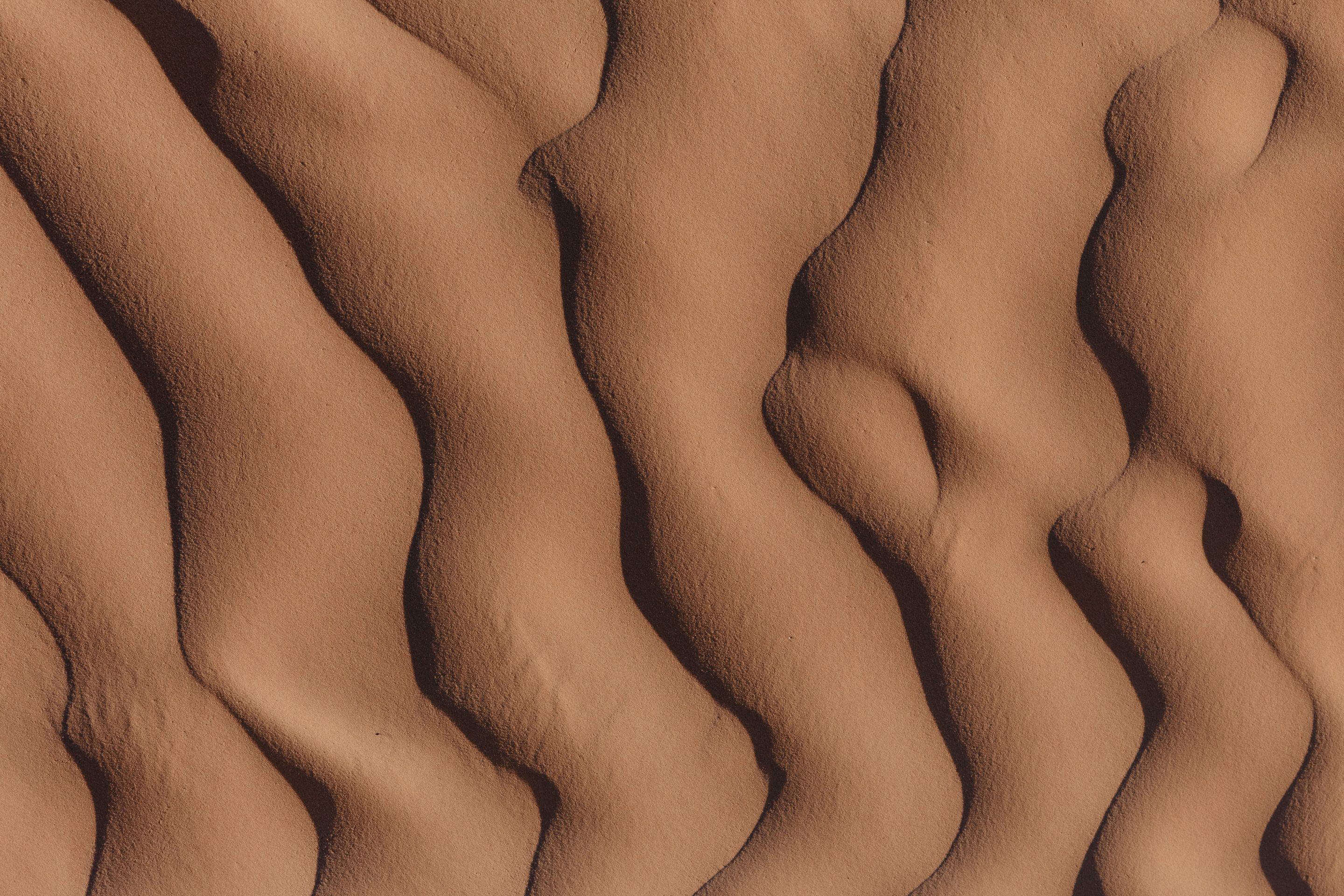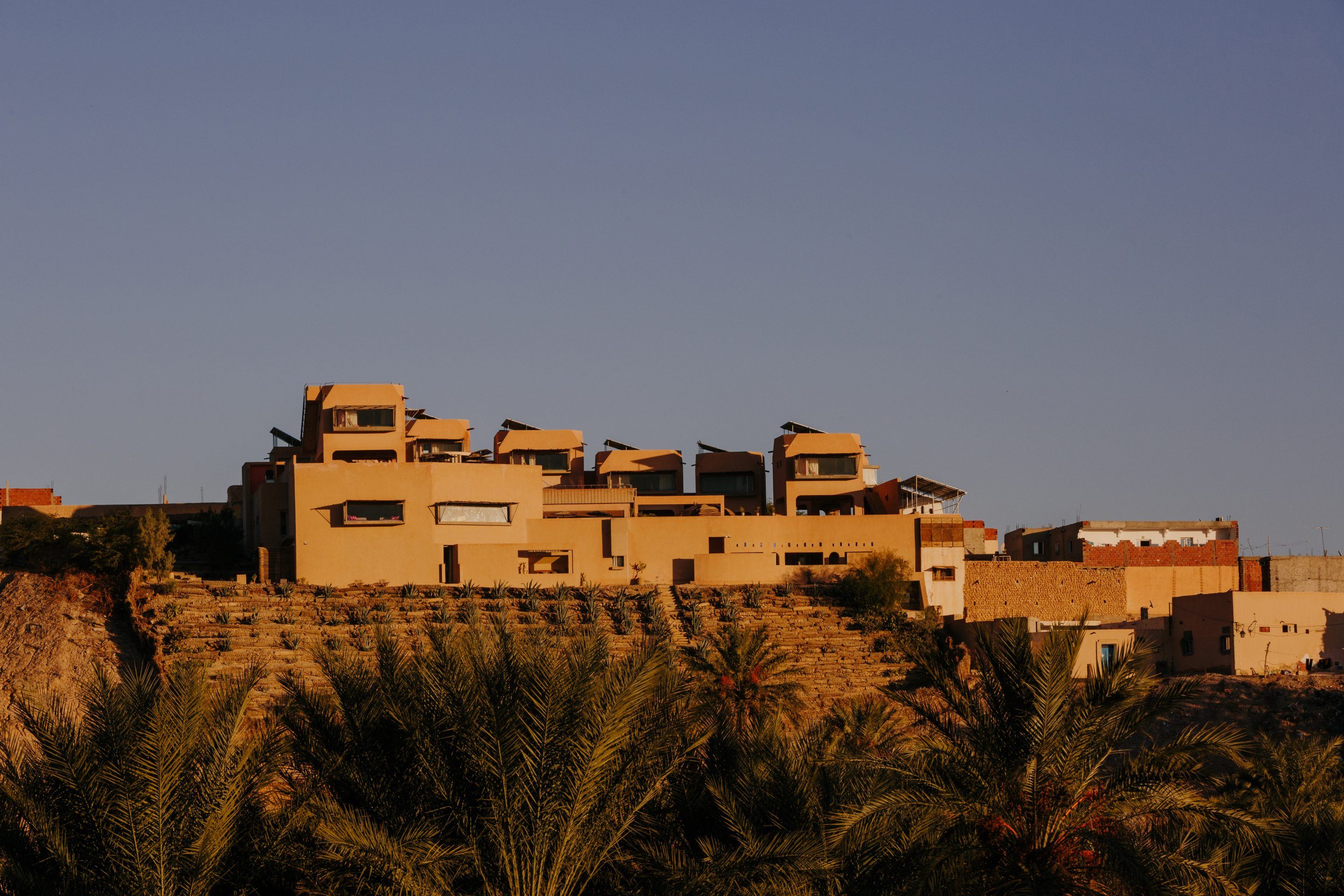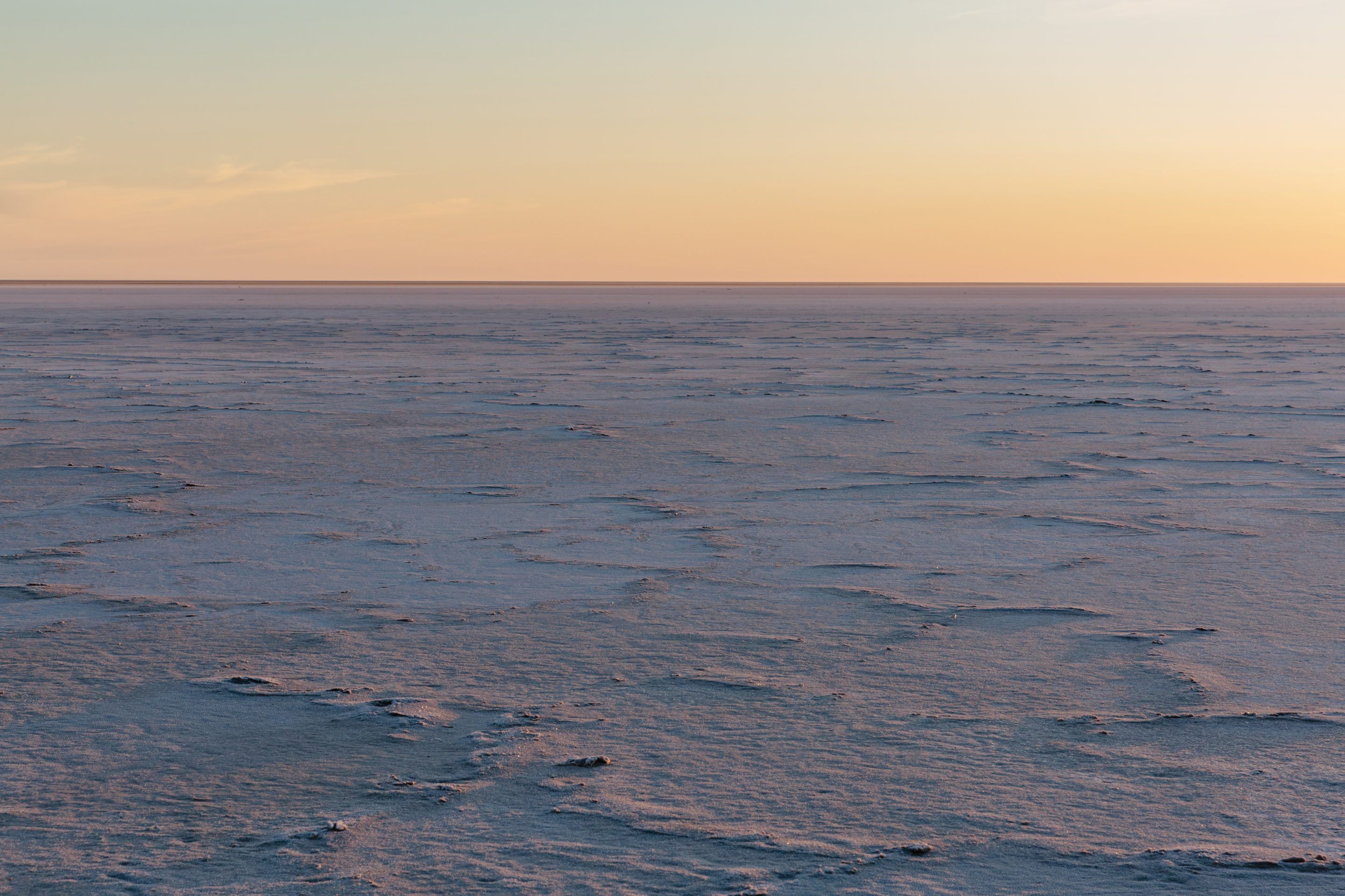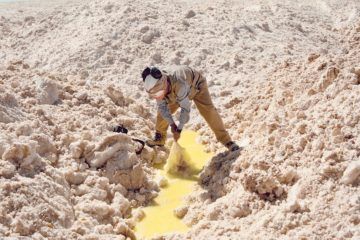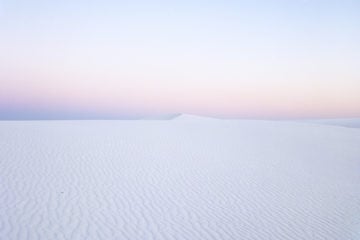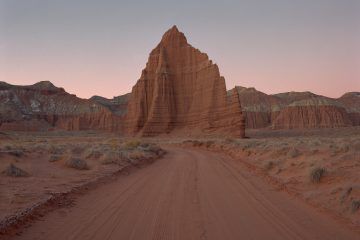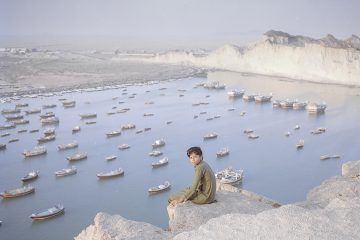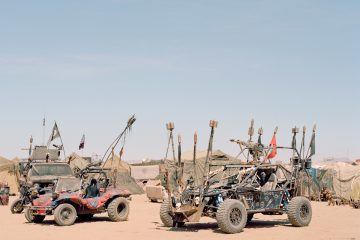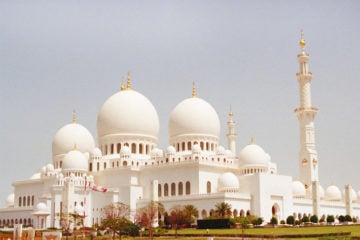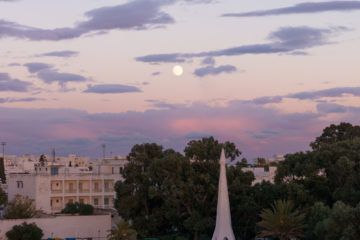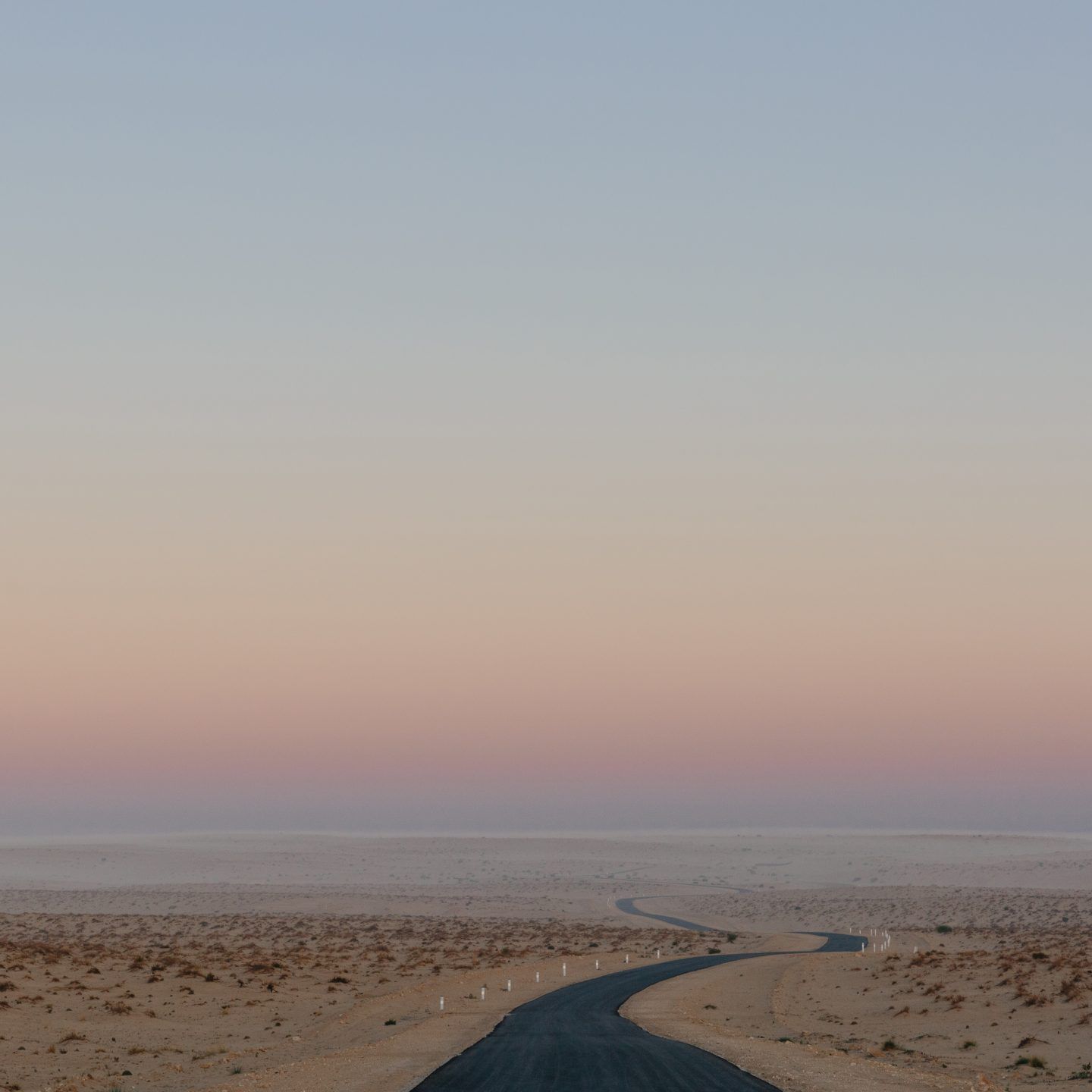
Through Mountains And Deserts, A Visual Journey Of Southern Tunisia
- Words
- Devid Gualandris
Before COVID-19 brought travel and tourism to a standstill, IGNANT was invited by Discover Tunisia to travel across Tunisia’s exquisitely scenic southern regions, through sparsely populated landscapes and intriguing historical towns. Photographer Marina Denisova visually documented our journey, attempting the impossible—to freeze the true nature of this vast land in time through an enchanting collection of still pictures.
A feast for the traveler’s senses, Southern Tunisia is a place of contrasts, where the feeling of peace and solitude is as heavy as the midday heat, and the landscapes are as diverse and exciting as the traditions, cultures, and cities—each with a personality and a tale to be told. Enclosed by the Dahar mountains, Tunisia’s southern regions have flourished in almost complete isolation, retaining traces of the country’s now almost vanished Amazigh past. Also called Berbers, the Amazigh are the indigenous inhabitants of North Africa, whose culture prevailed before the Muslim quest of the seventh century and the French colonization at the end of the 19th century. Isolated yet deeply traditional, the south exerts an indefinable pull for visitors. It is a place to take in stages. Replete with remote Amazigh villages, mountain wildernesses, a mosaic of sprawling lawns and palm-studded hills, and deserts stretching to the horizon, here, nature trumps civilization.
Enclosed by the Dahar mountains, Tunisia’s southern regions have flourished in almost complete isolation.
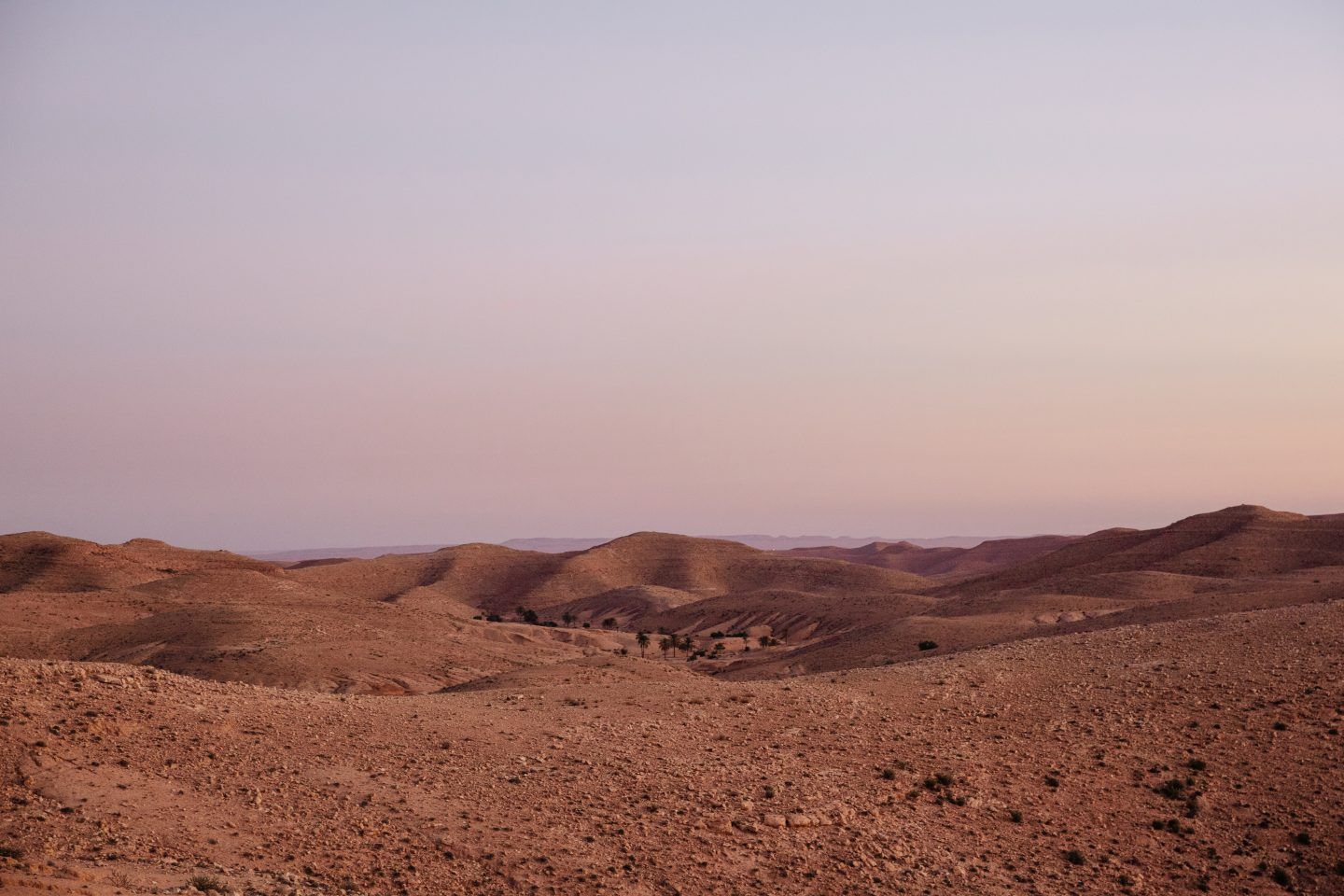
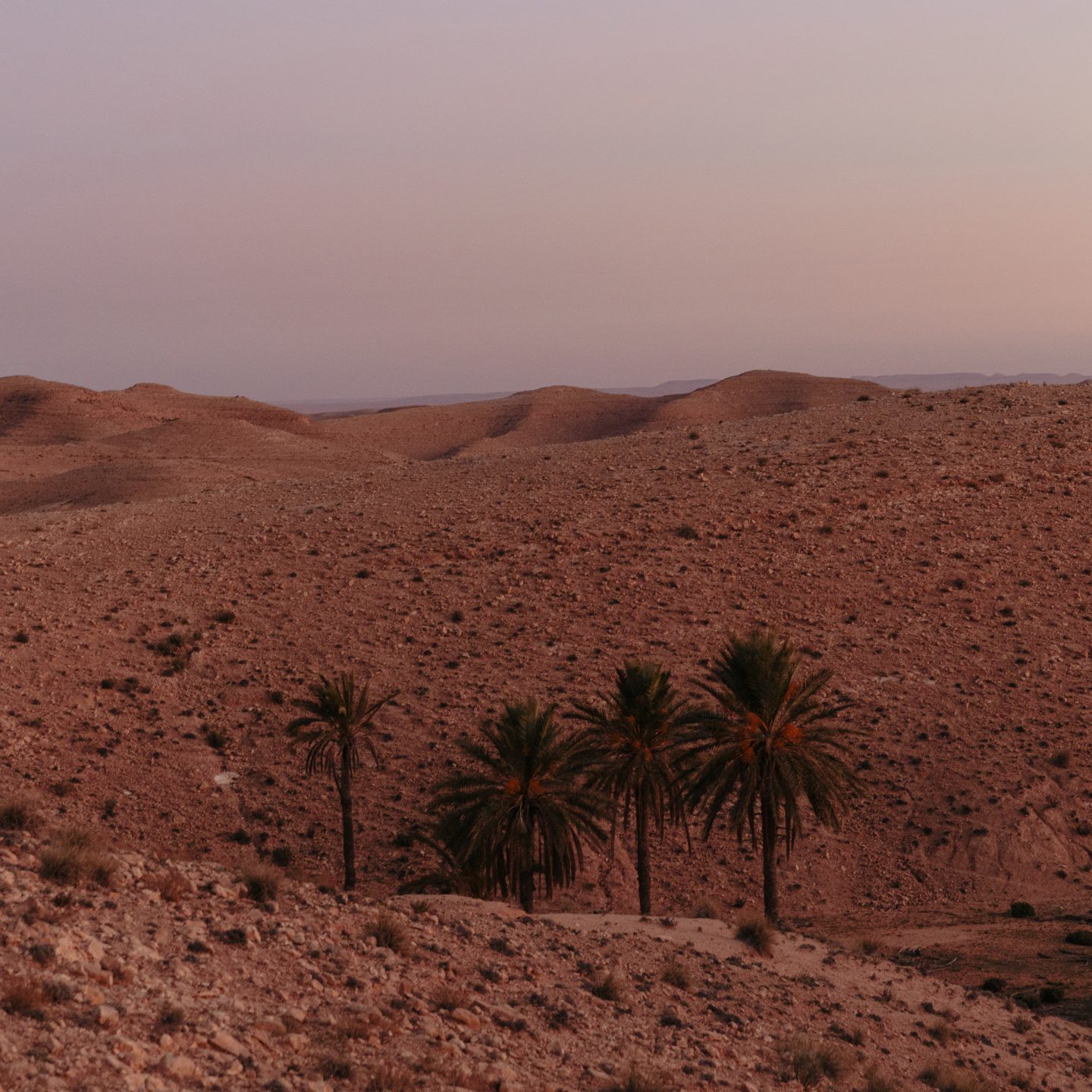
Tempered by a sense of distance, each of Denisova’s photographs depict the extreme scale of the landscape and the enormity of the south’s history, following our journey from the imposing valleys to the still Sahara desert in astonishing detail. Our trip began with experiencing the light breeze and flat sea of the small island of Djerba, a popular tourist resort and an ideal base for exploring. What followed was a four-hour drive into the heart of Tunisia. Driving across the arid mountain range Jebel Dahar, we stopped to see the entirety of the Dahar mountains. In what seems an endless expanse of ochre valleys speckled with solitary trees, the mountains give the landscape a crooked spine; a barrier of sorts between worlds—one facing the Gulf of Gabes, the other gazing out to an ocean of sand. It is a land made for trekking through empty canyons and artificial wells, in the occasional company of shepherds, and to get lost in the fields.
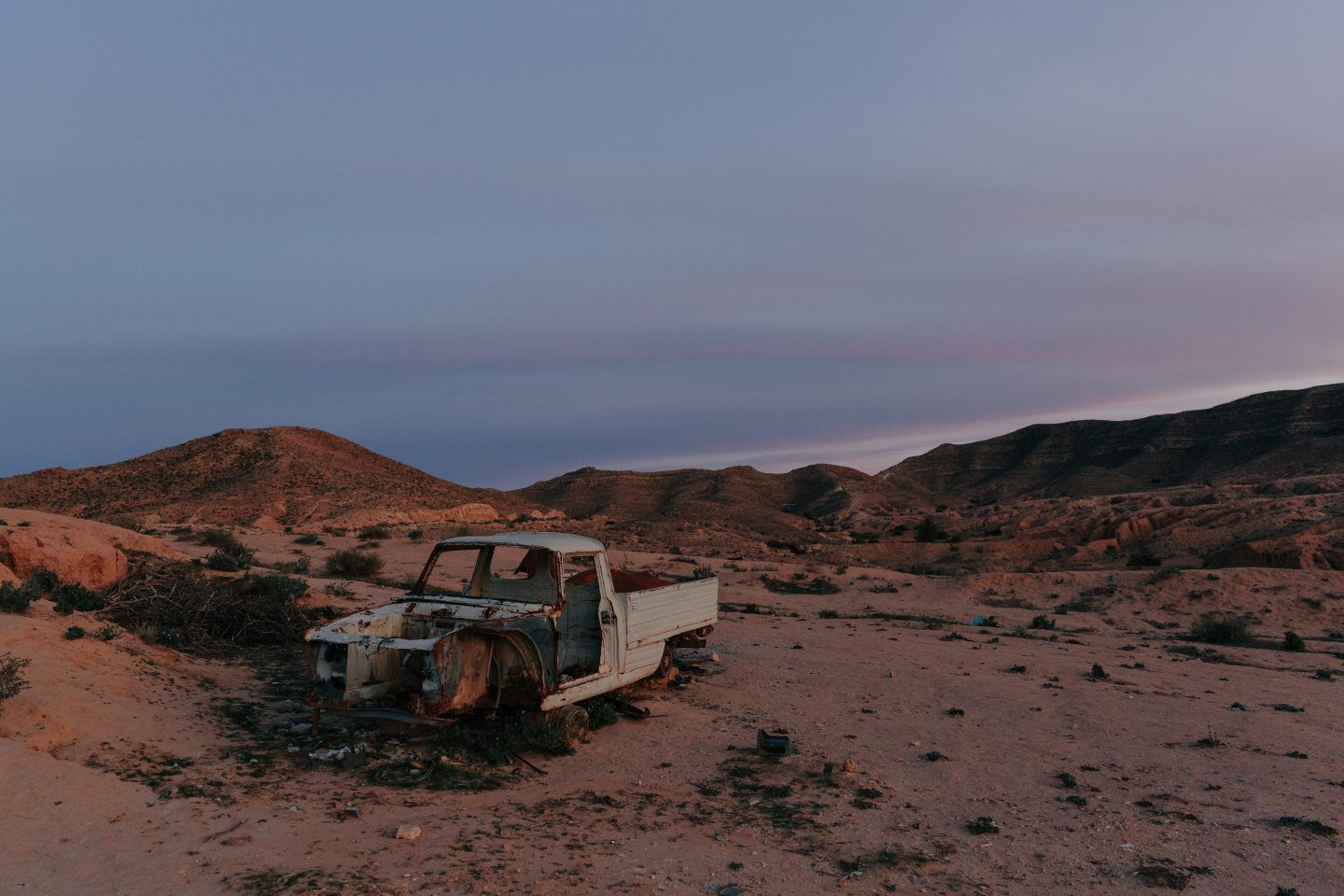
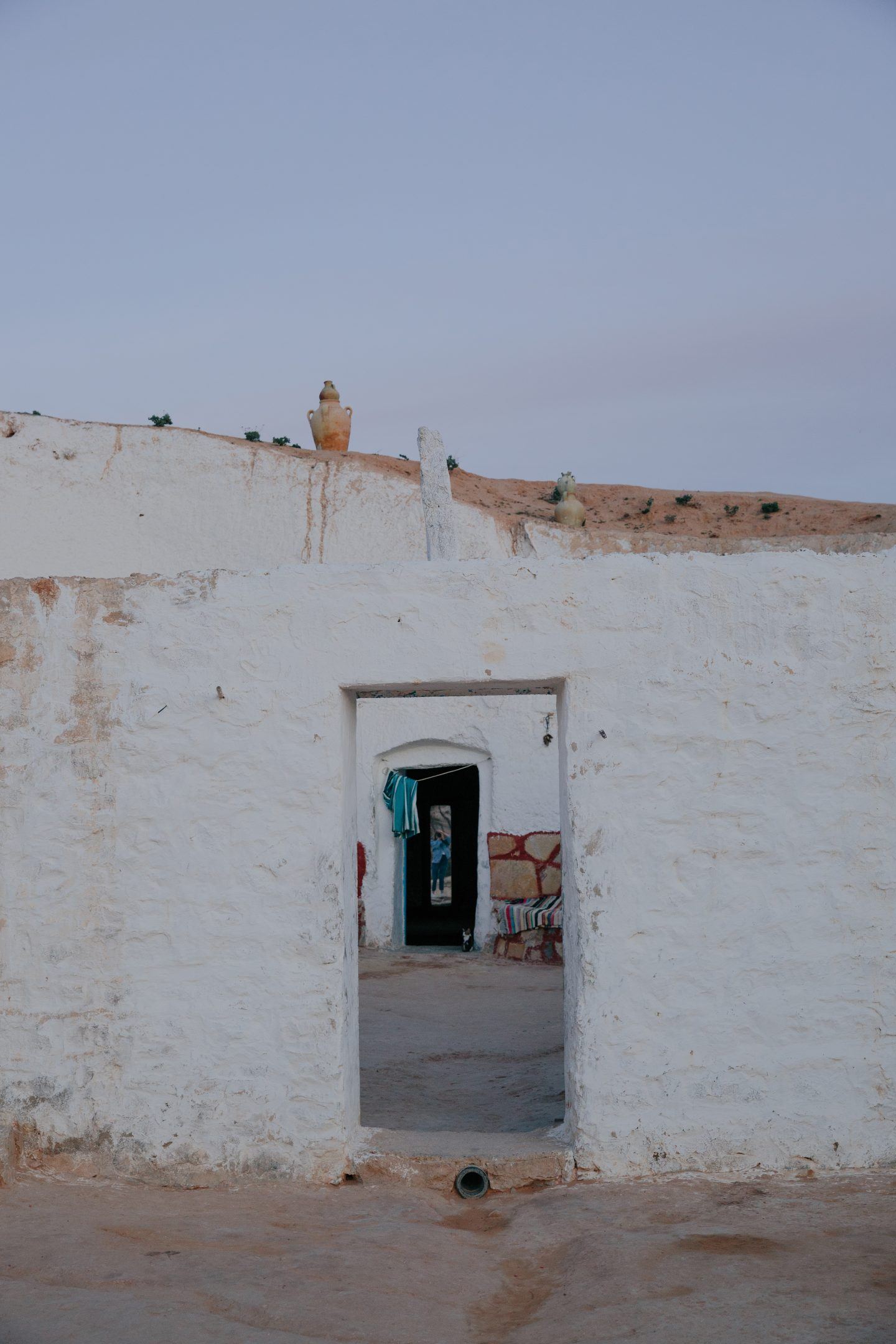
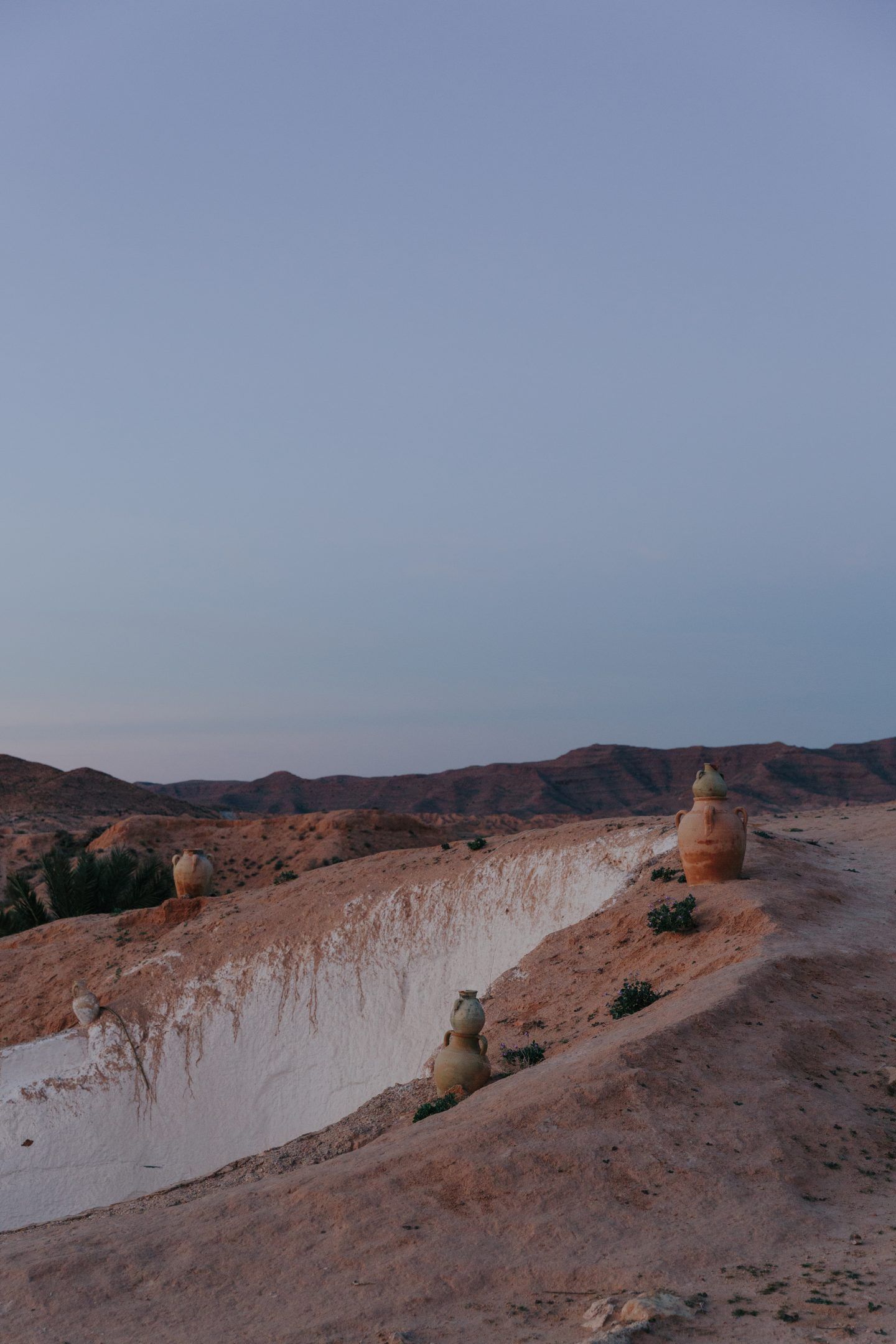
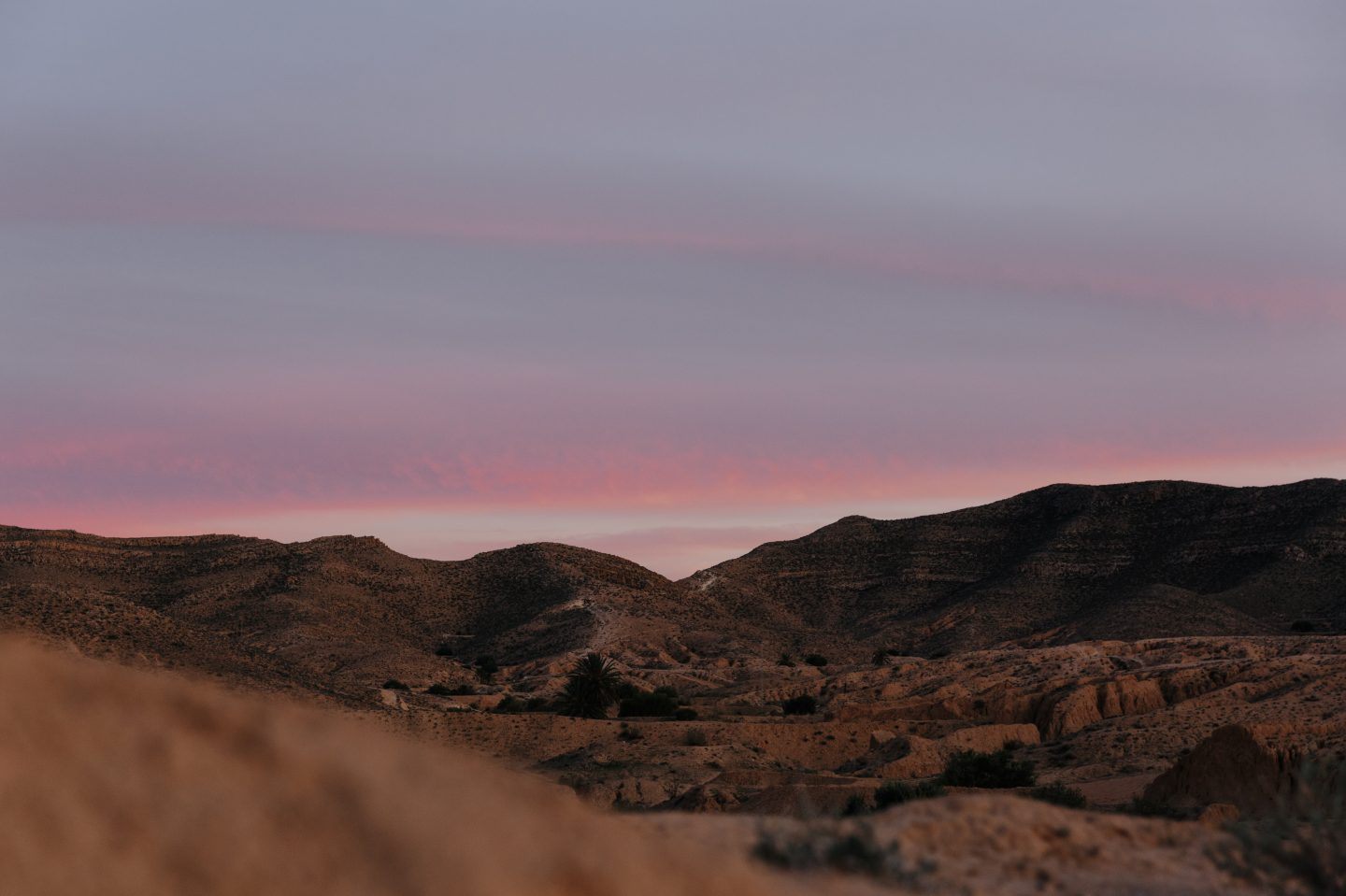
In-between views across the plateau were small and isolated villages with tight knit communities living in compact houses, where buildings are engraved into rock cliffs and fronted with carved ornate facades. On the drive, we spotted the scenic ochre dwellings of Toujane—a wonderfully preserved Berber village built around the foot of the mountain, known for its locally produced honey. Here, amidst stone houses enclosed in wall compounds and lime-painted mosques, peace is found on the narrow streets, on which residents still stroll in traditional attire and children run around aimlessly. Behind them, the deep gorges and views of the rocky outcrop of the Dahar mountains are visible.
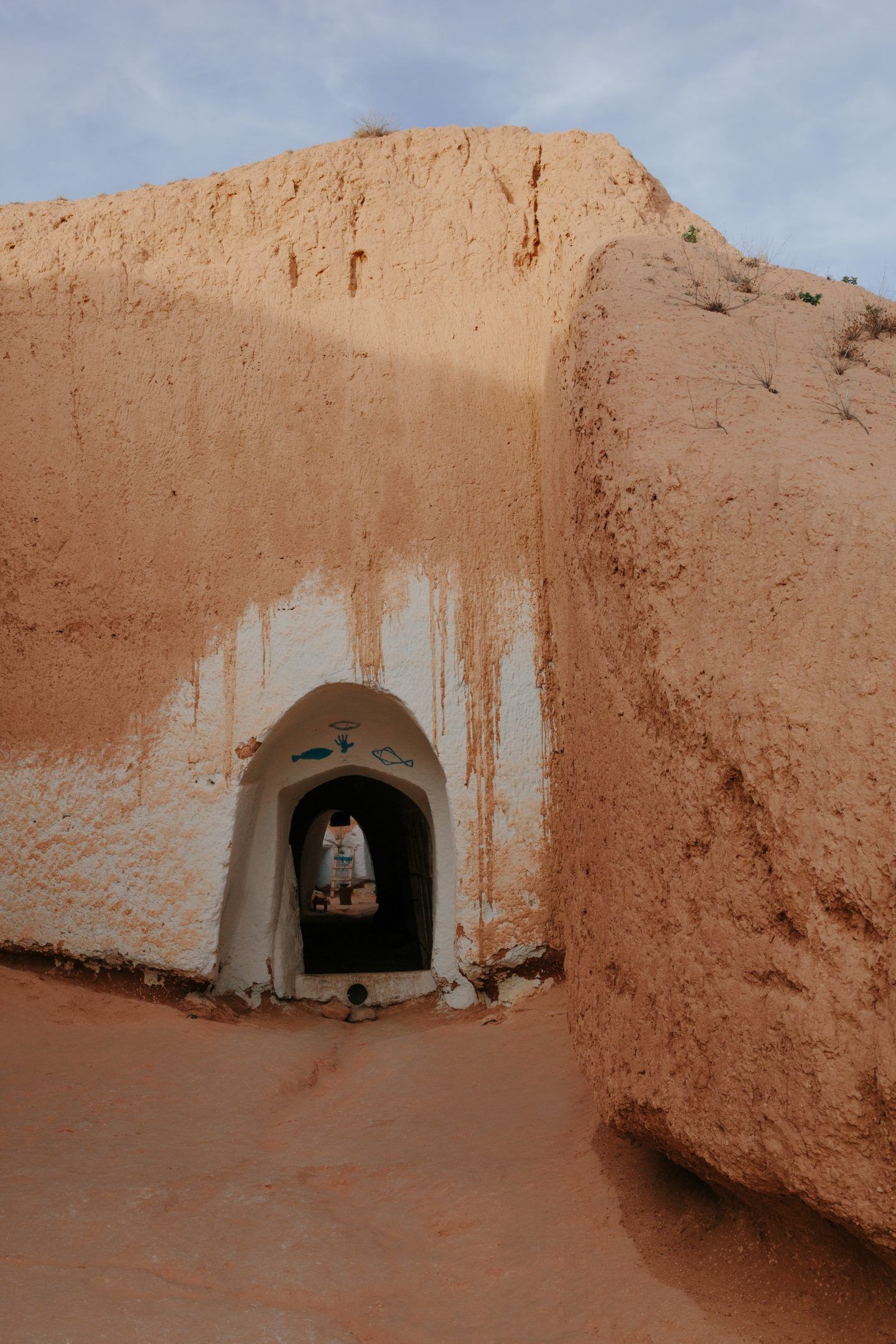
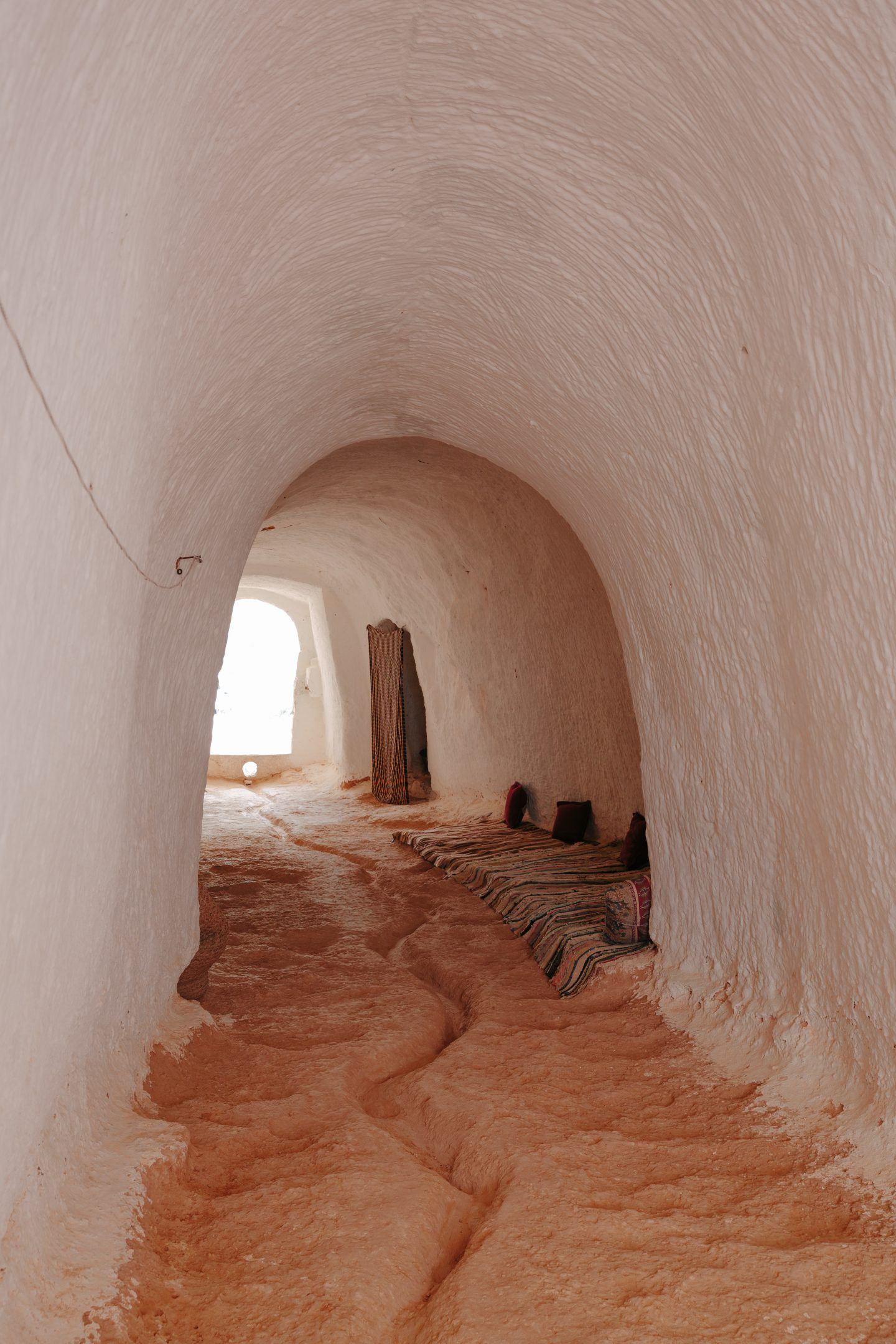
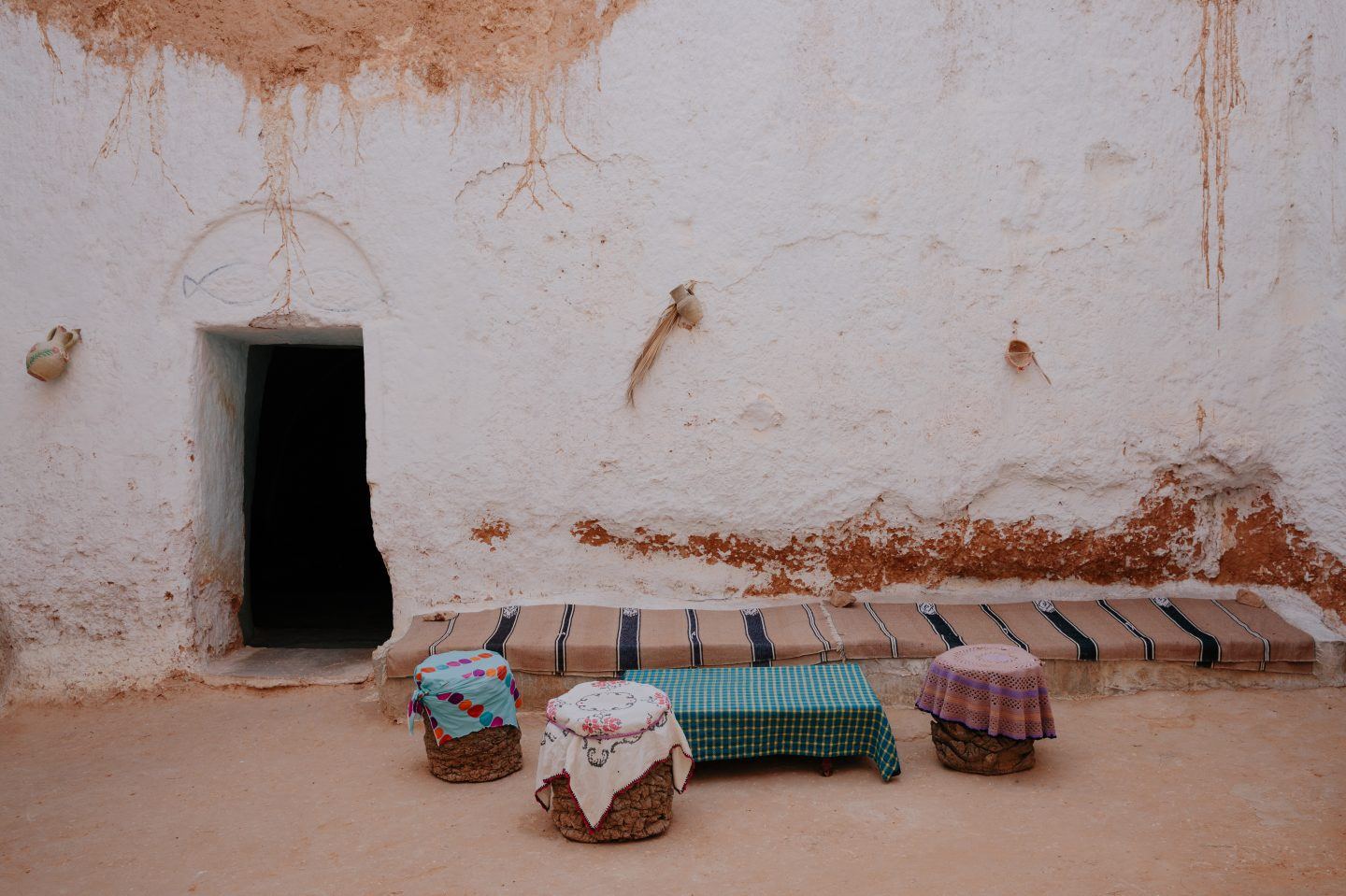
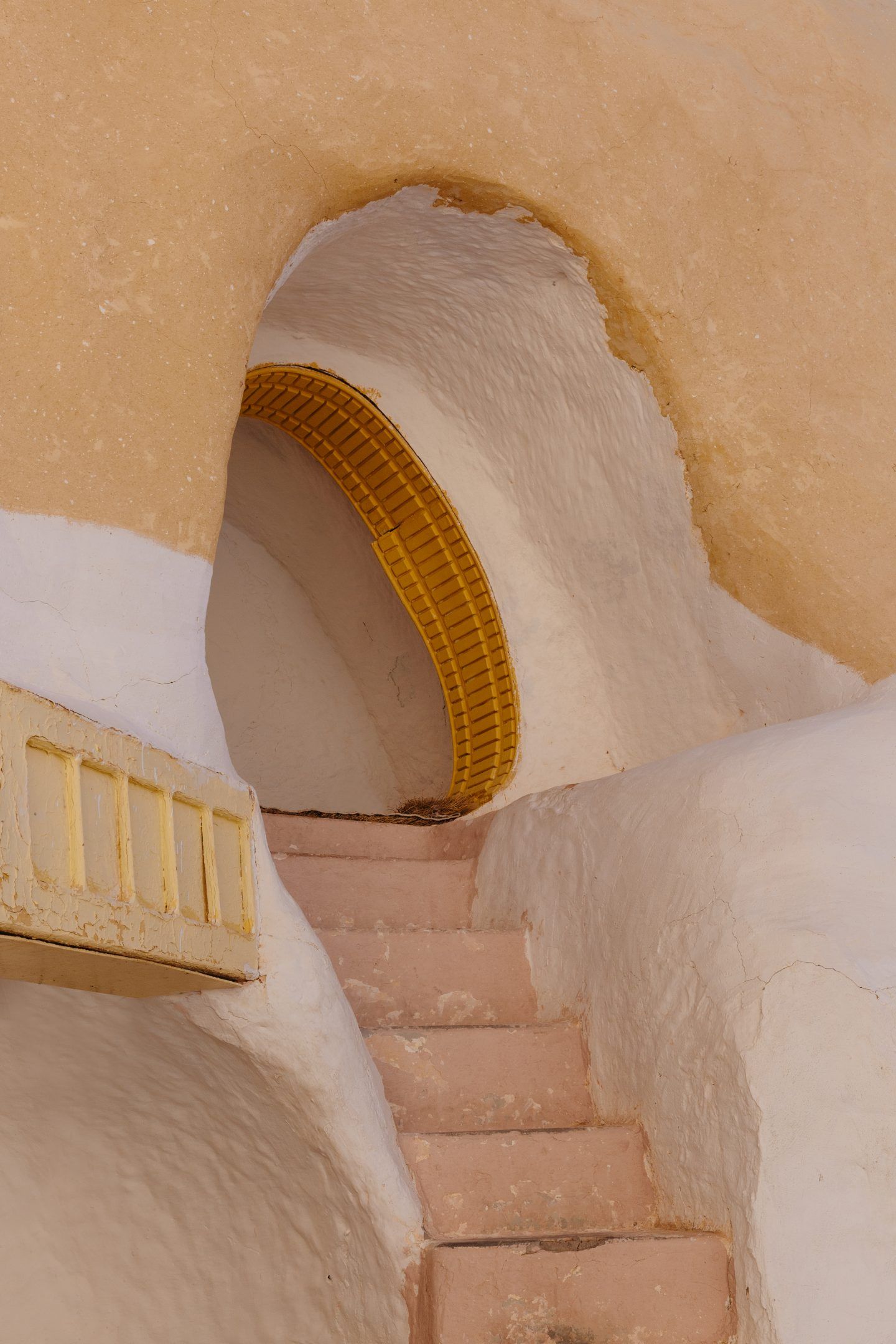
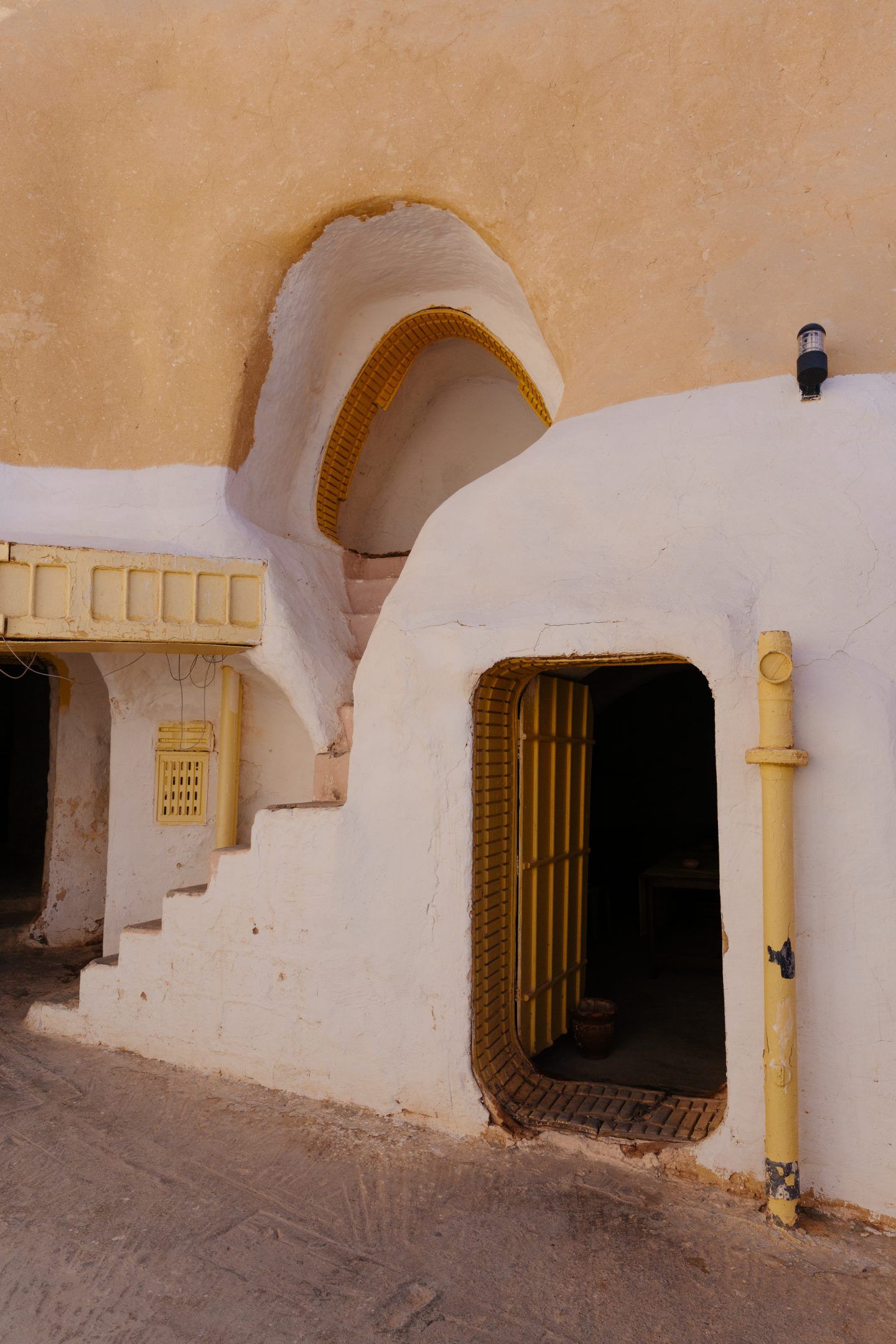
The Matmata cave houses, also known as troglodytes, are portals to the homes of Berber living underground.
As our journey continued southwest, we entered the valley of Matmata. Perched on the edge of the Sahara Desert, Matmata is a laid-back town known for its almost lunar landscape and subterranean dwellings blown to fame by the filming of Star Wars in 1976. In the valley, hidden gems are found some way off the beaten track. Dug into the rock and built with open-air courtyards to offer protection against the extremes of summer and winter in the arid desert, the Matmata cave houses, also known as troglodytes, are portals to the homes of Berber living underground. While facing an uncertain future, the Amazigh way of life continues—locals still work the olive farms and produce intricate handicrafts. Several houses hidden in the rockface are still in use today with some transformed into guest houses or museums, all keeping history and traditions alive.
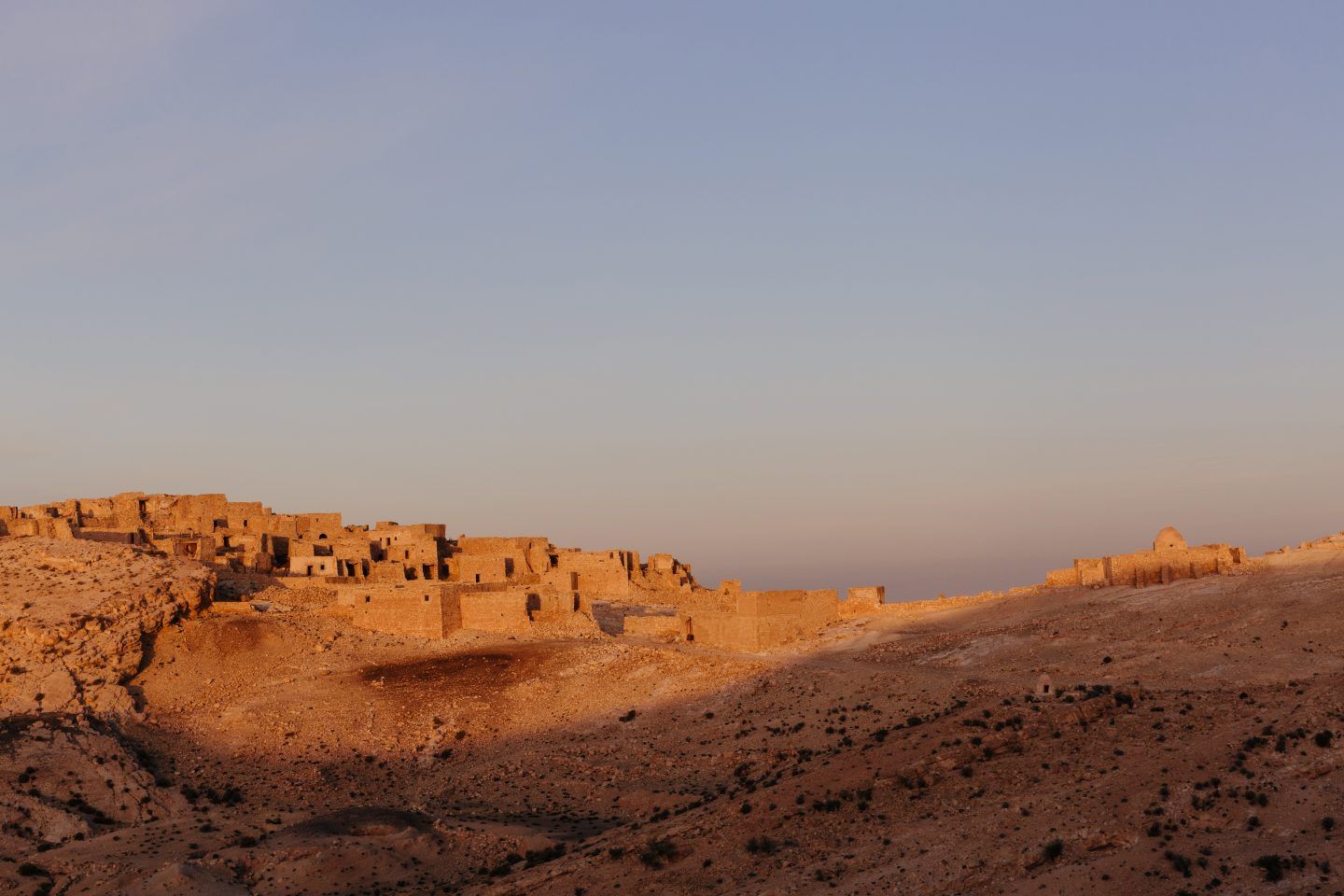
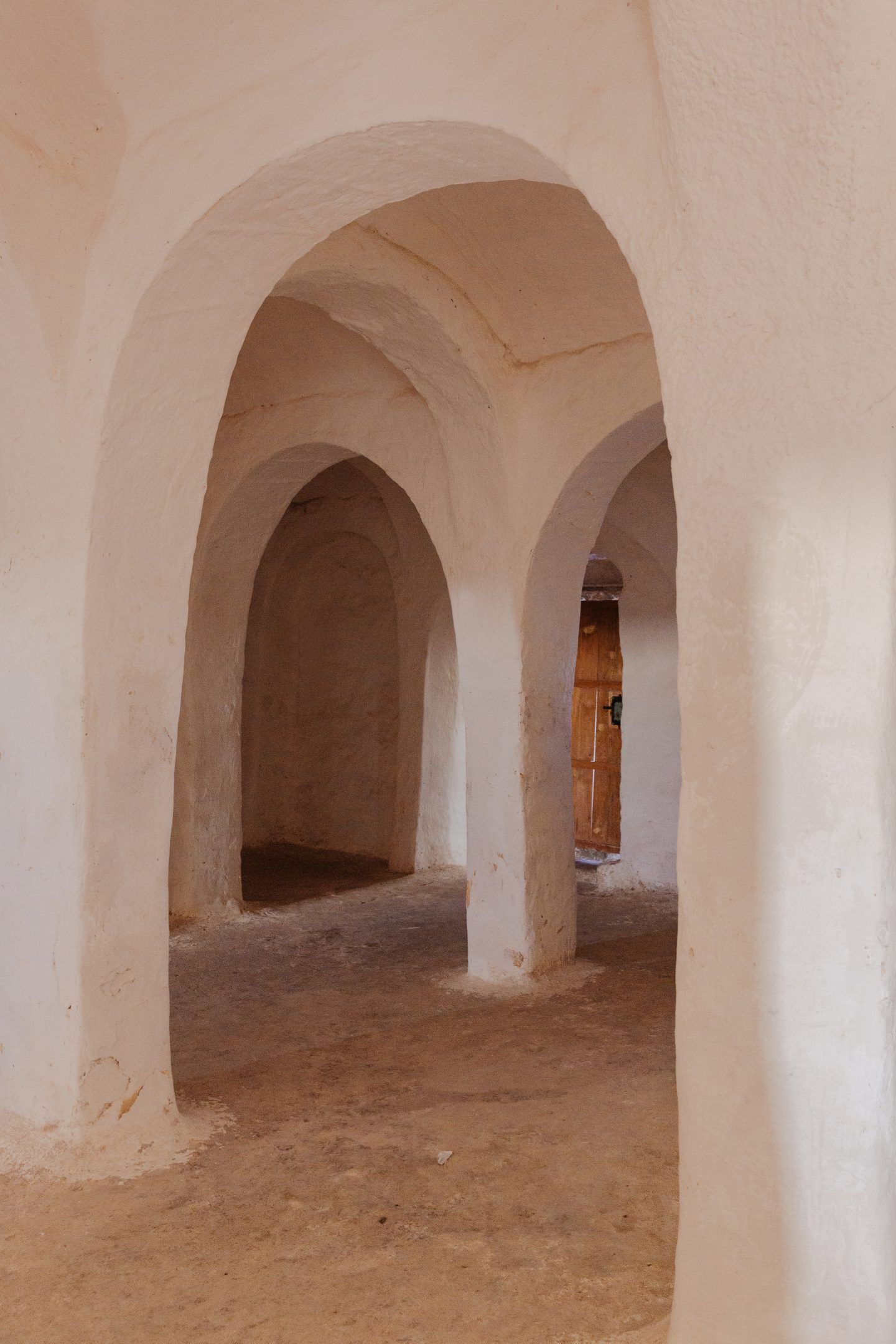
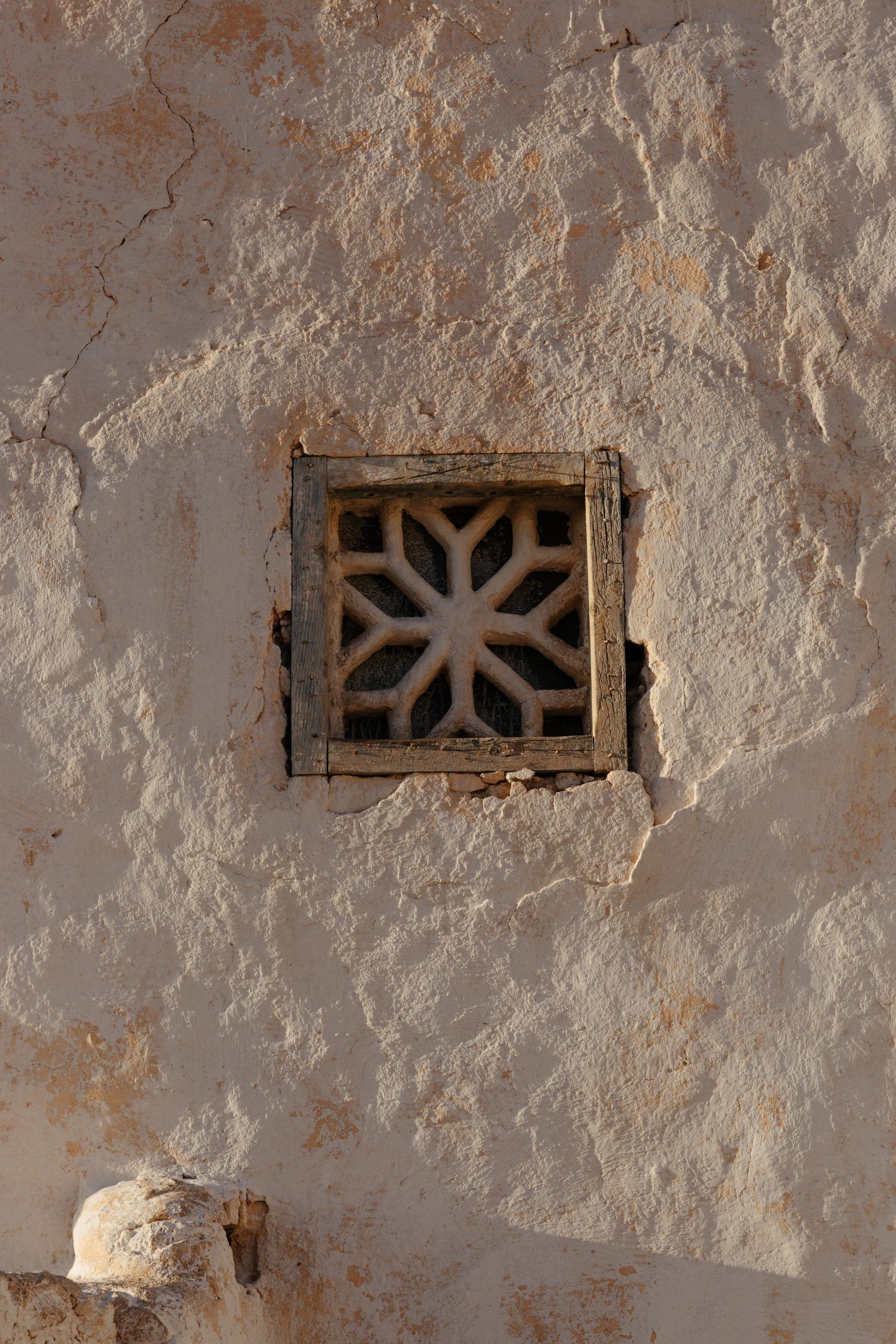
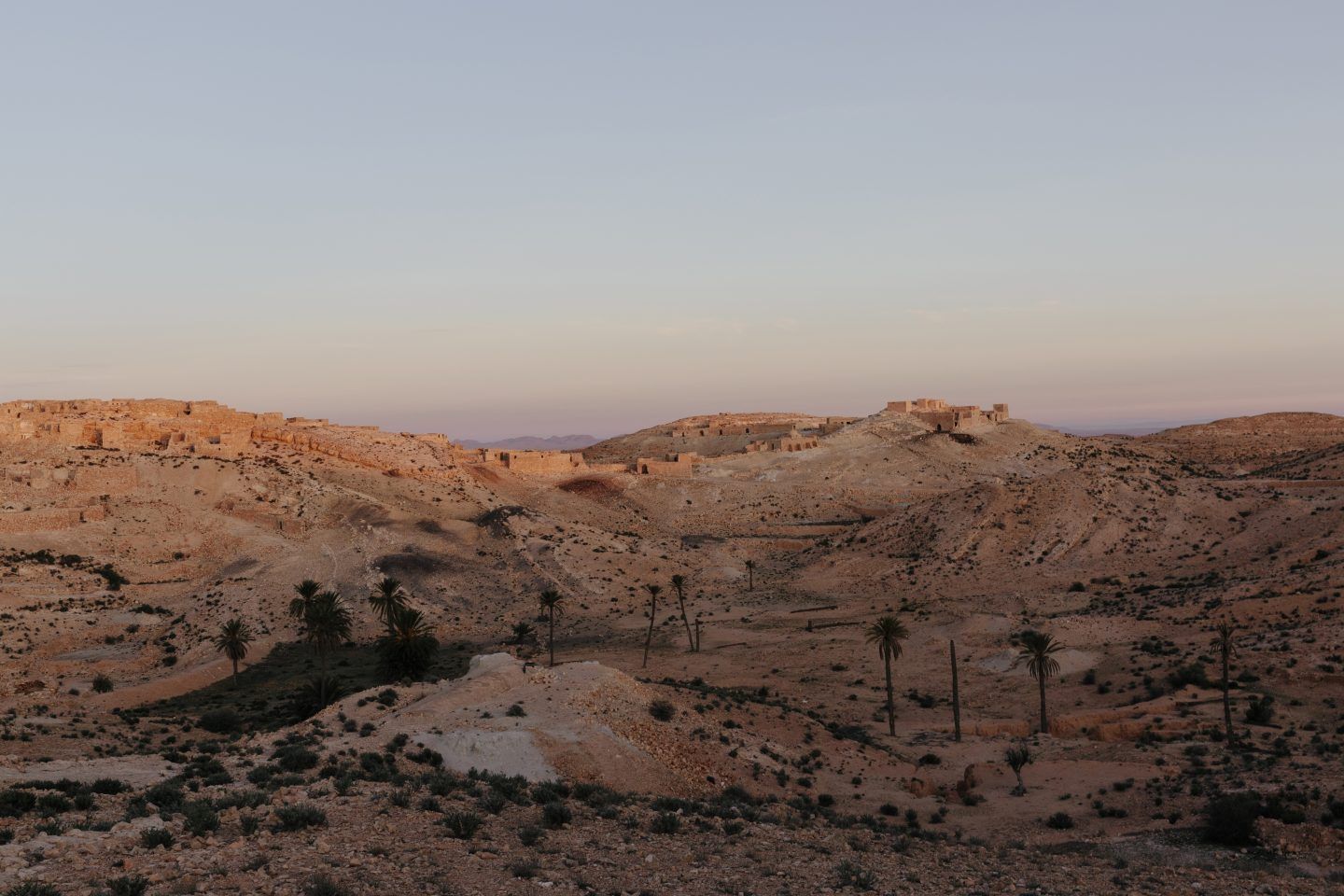
On cracked paths, the town of Tamezret offers full immersion in Amazigh architecture. Here, largely abandoned Berber stone houses clung defiantly to the slopes while stacked cubicles with bright blue windows and doors begged for inquisitive eyes. As we continued up a beaten path of tumbled boulders, the ghost village of Zraoua awaited. Sitting atop a hill and looking like a continuous ochre wall from a distance, the Amazigh village was deserted in favour of modern dwellings on the valley floor in the 1970s. Now in ruins and inhabited by one single family, Zraoua remains a remarkable site: a stony maze of paths and multi story houses dug into the mountainside—so perfectly camouflaged that as soon as we hiked the road out, it seemed to disappear, as if it had never been there.
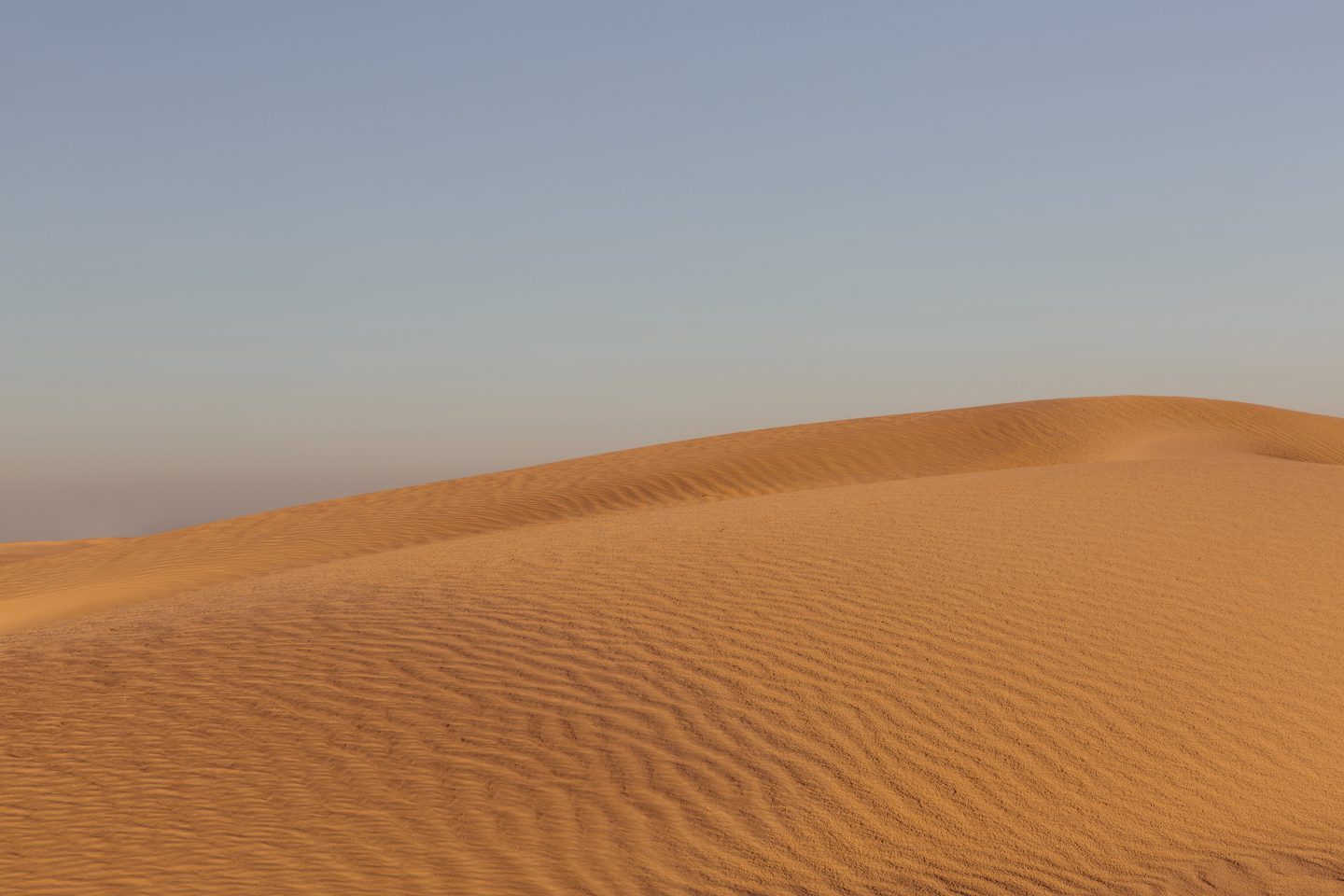
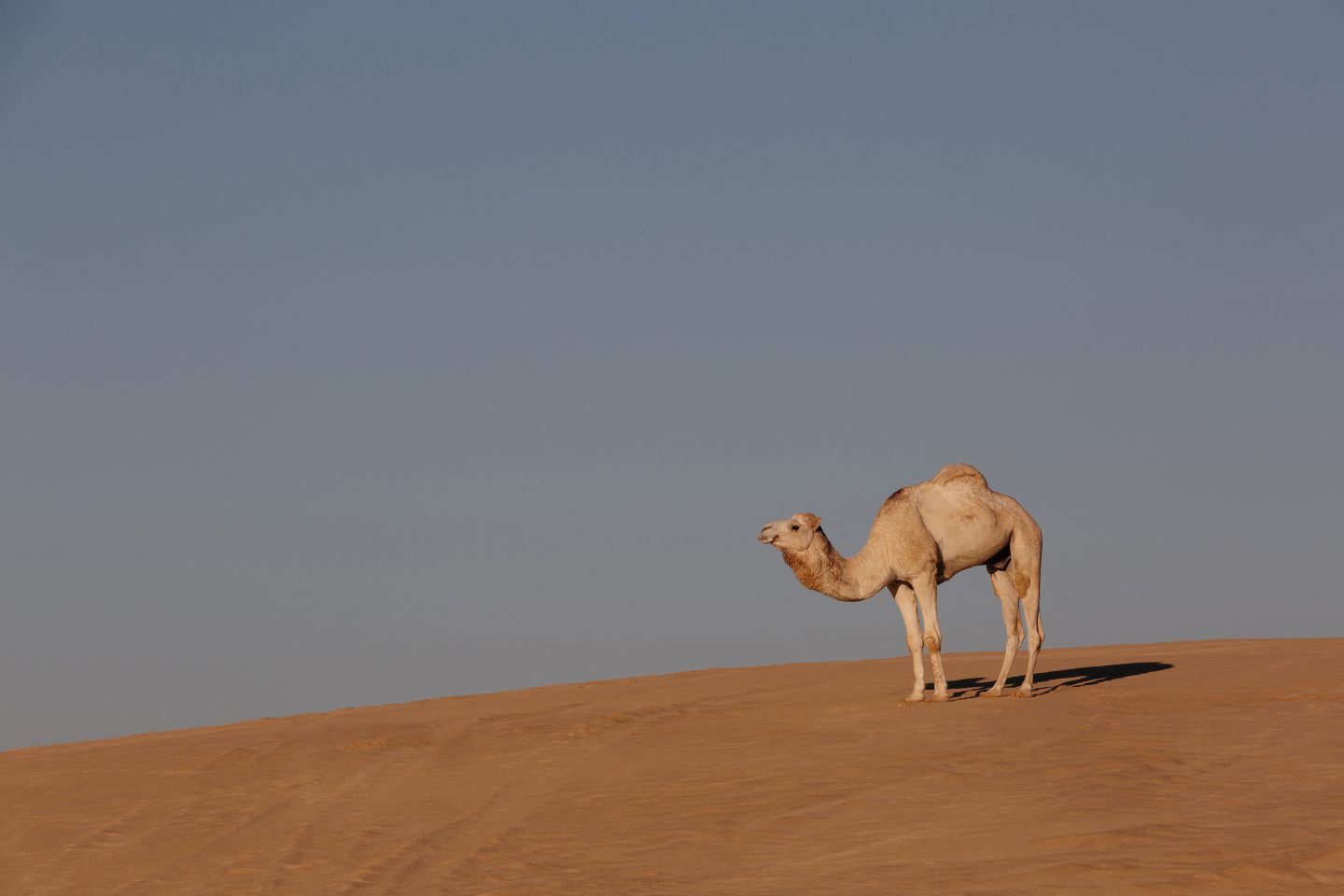
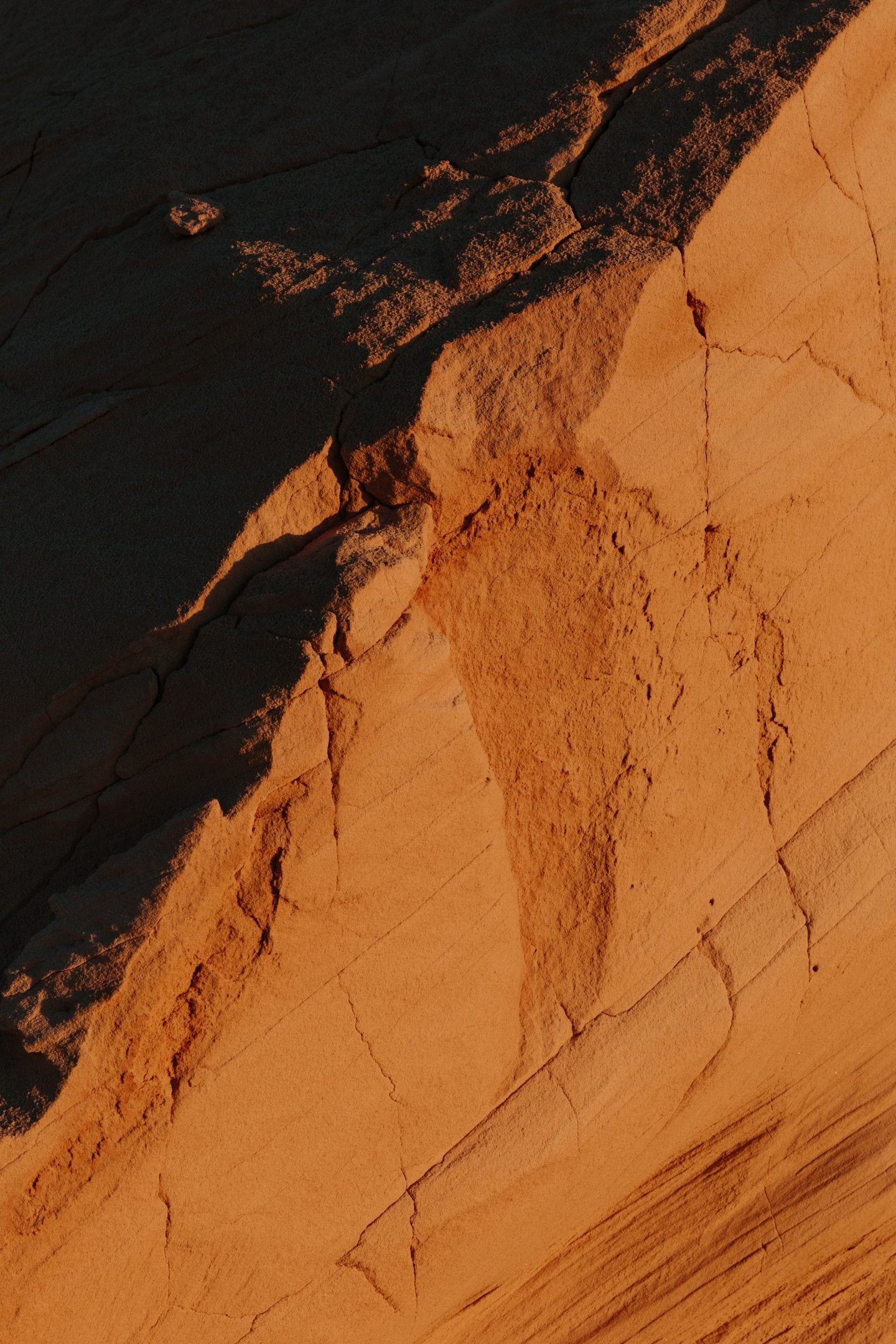
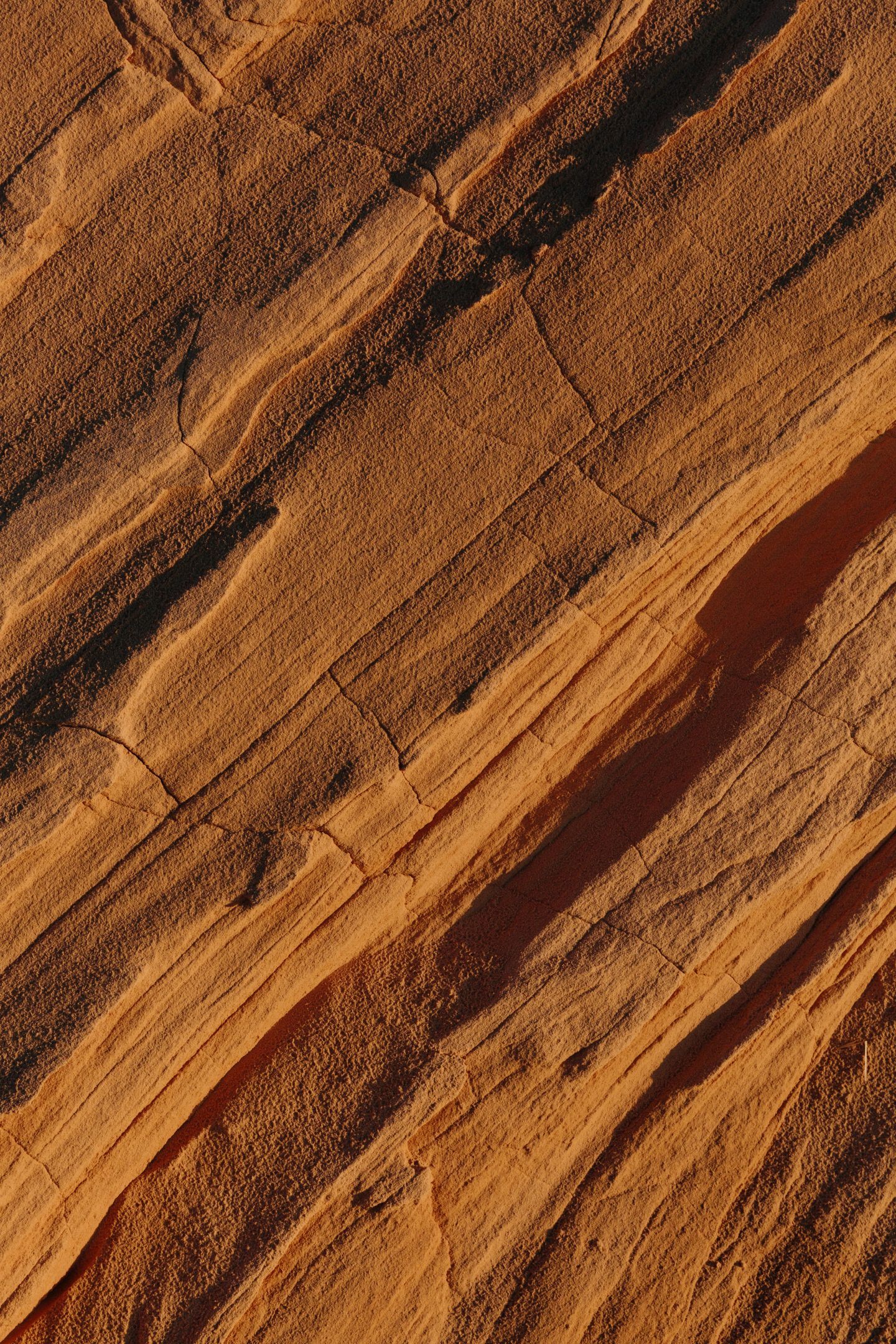
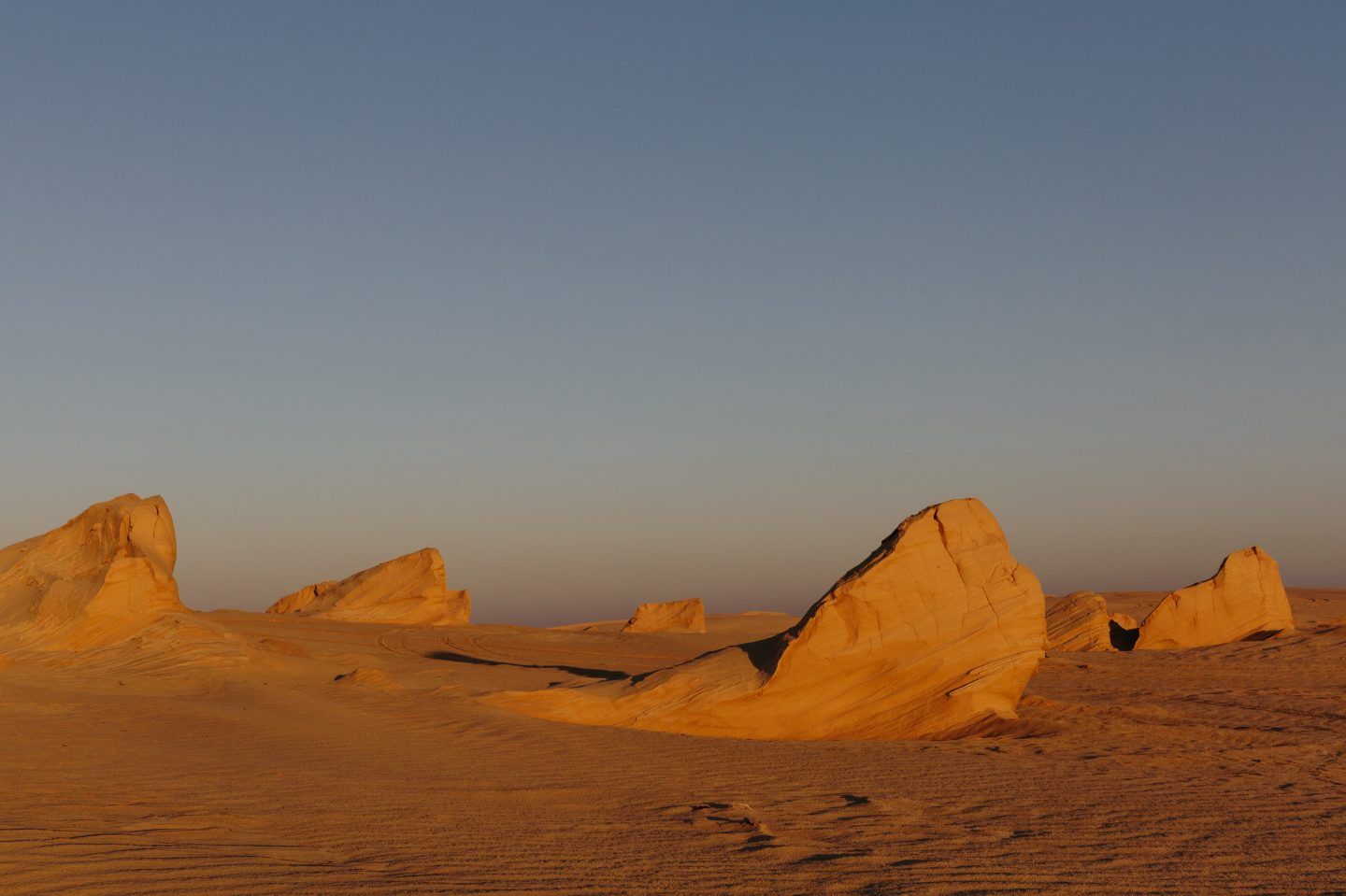
On the road west of Tamezret and Matmata, small towns made way to an expanse of arid valleys and sand dunes on the horizon line. Our next destination was Douz, a town known for its sedentary nomads ‘Mrazig’ and its local market with its spectacle of dromedaries and craft products. At the beginning of the Great Erg Oriental, Douz is the gateway to the desert, the antechamber to the Sahara, opening gates to distant worlds. On the journey there, the desert always seemed to be in sight, but here, the sight became profound. Cruising through a boundless sea of crescent sand waves which further south become Algerian, the Sahara’s grandeur was revealed.
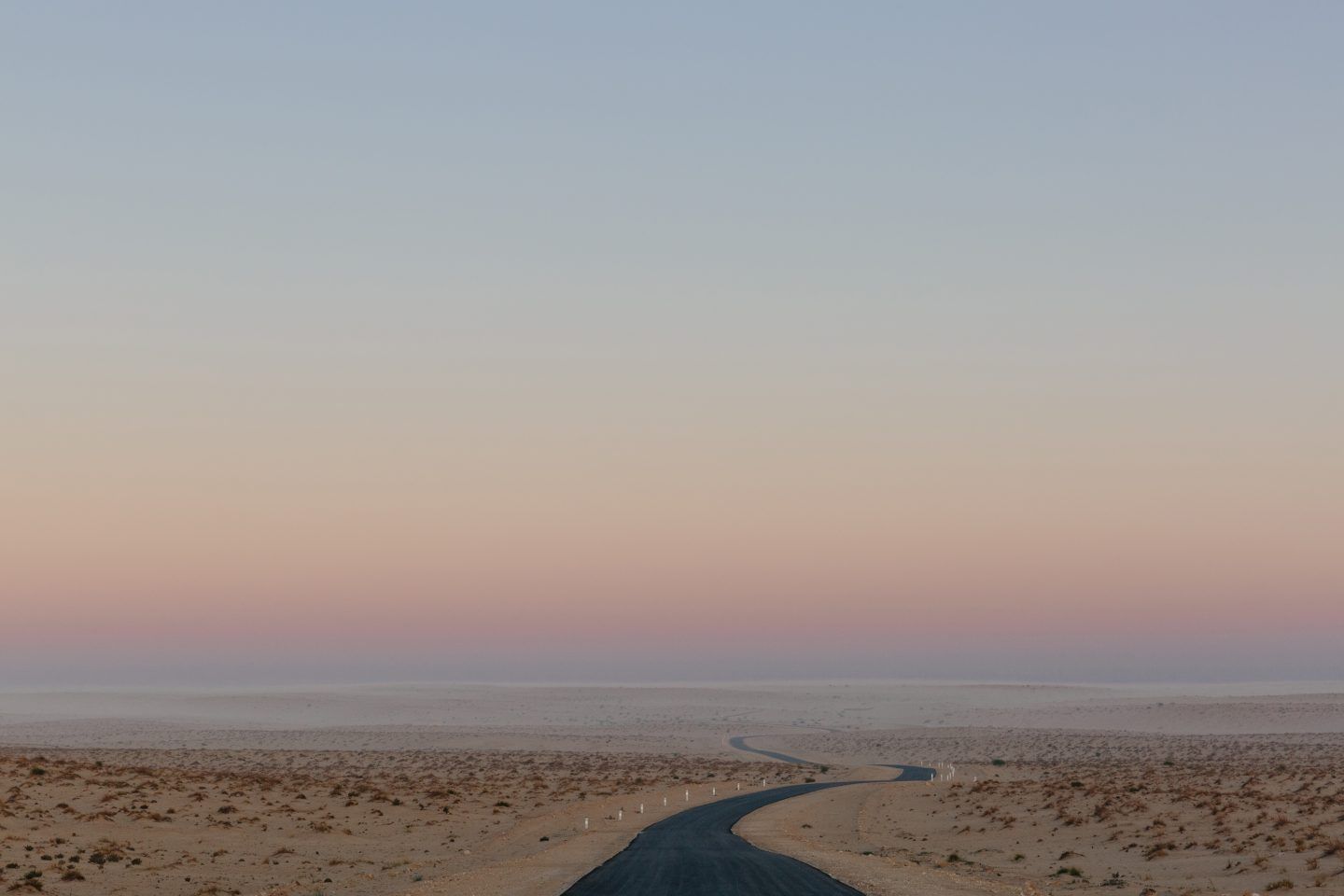
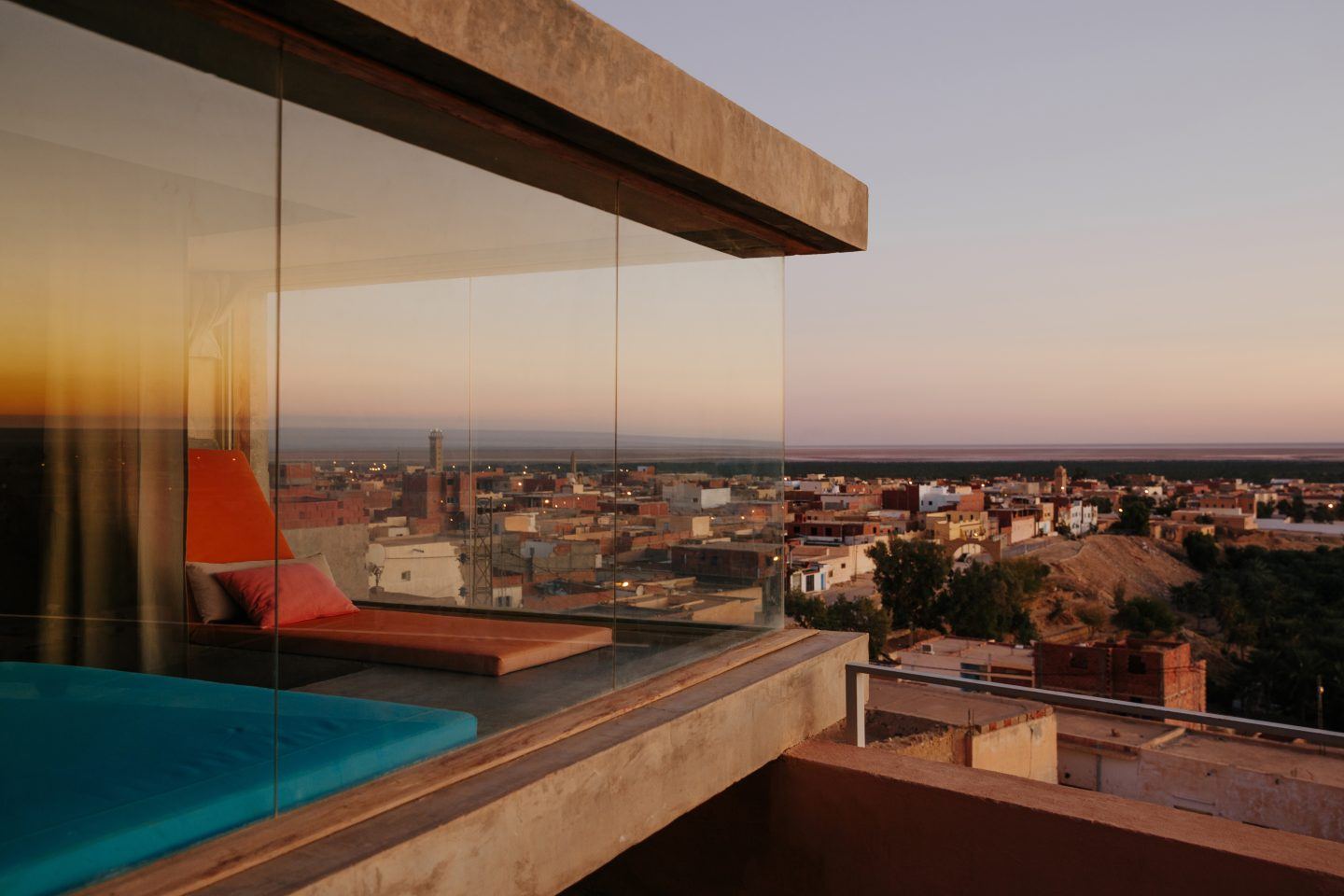
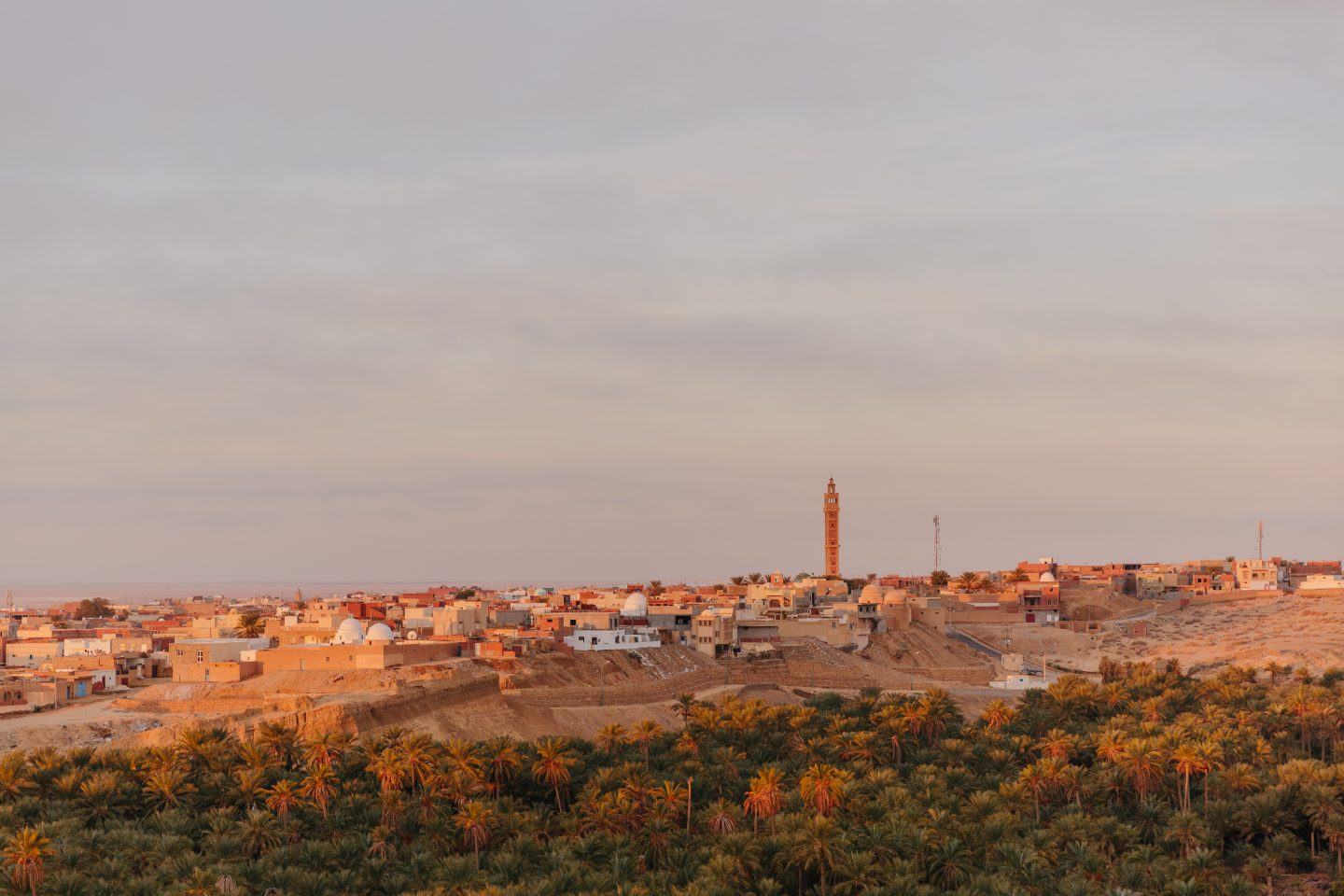
Sandstone still in the tread of the shoes, the journey continued into a territory of palm clusters, up a long road lined with villages and people in motion to the oasis city of Tozeur—a green paradise in the middle of the desert. A charming town with palm trees and beautiful facades with intricately patterned yellow brickwork that bears similarities to motifs found in artefacts from the ancient Berbers, Tozeur is an enchanting experience. Within 20 kilometers, another peaceful oasis town known as the spiritual home of Sufism, a mystical branch of Sunni Islam, is Nefta, which reinforces the region’s image as a resting place. After a long car ride and the rush of exploring, we found respite at Nefta’s eco-retreat DAR HI—a hotel that celebrates indigenous and modern design aesthetics.
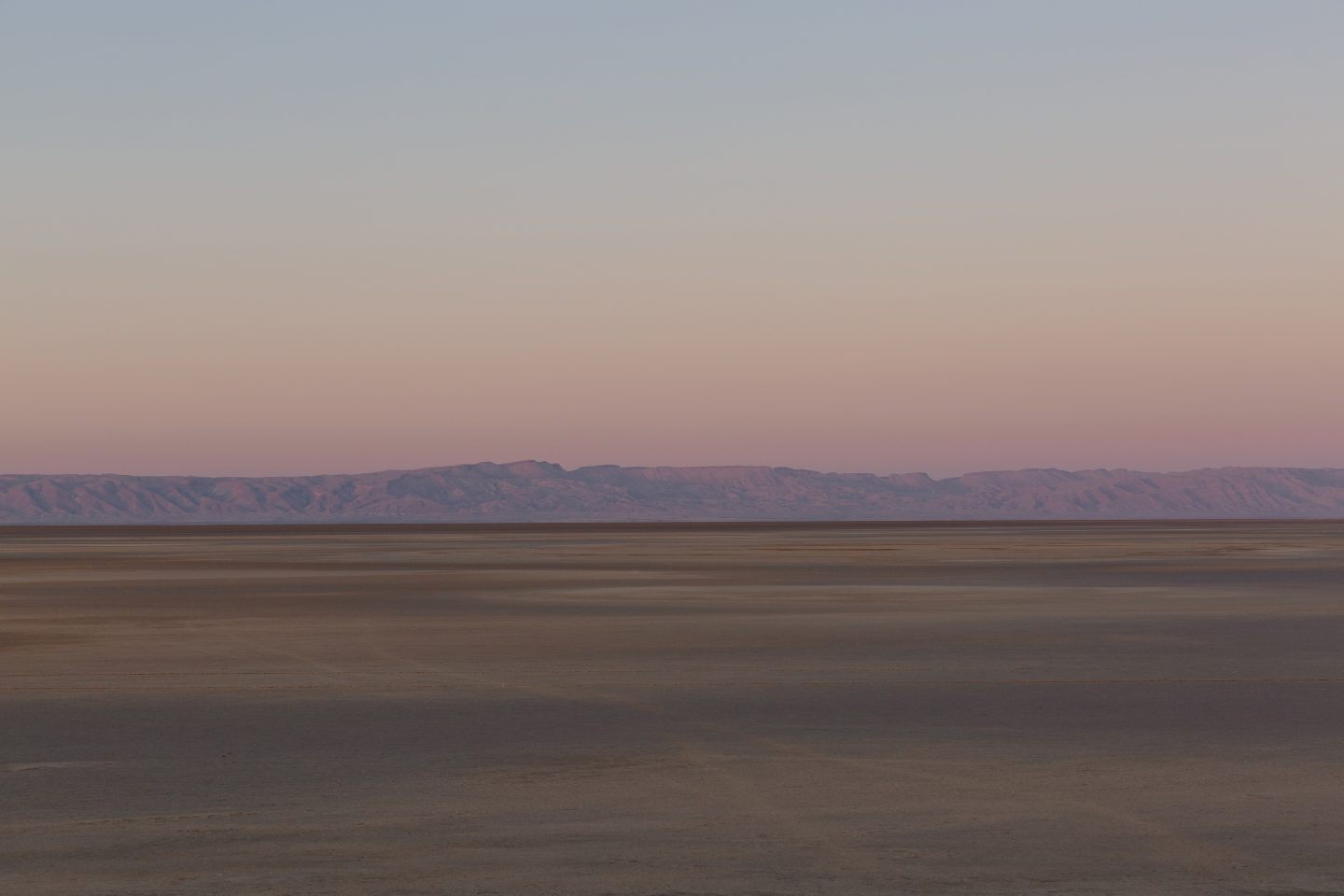
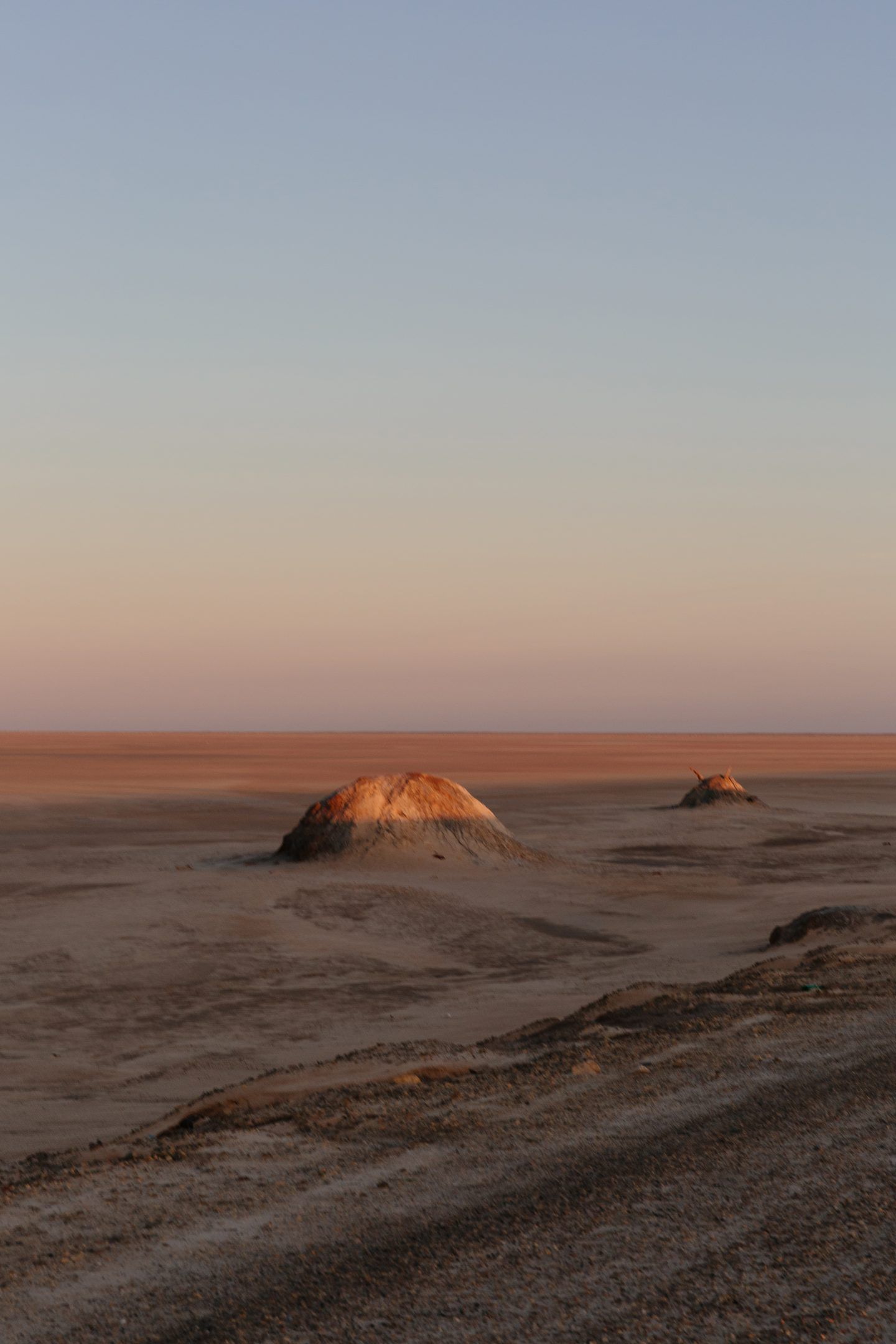
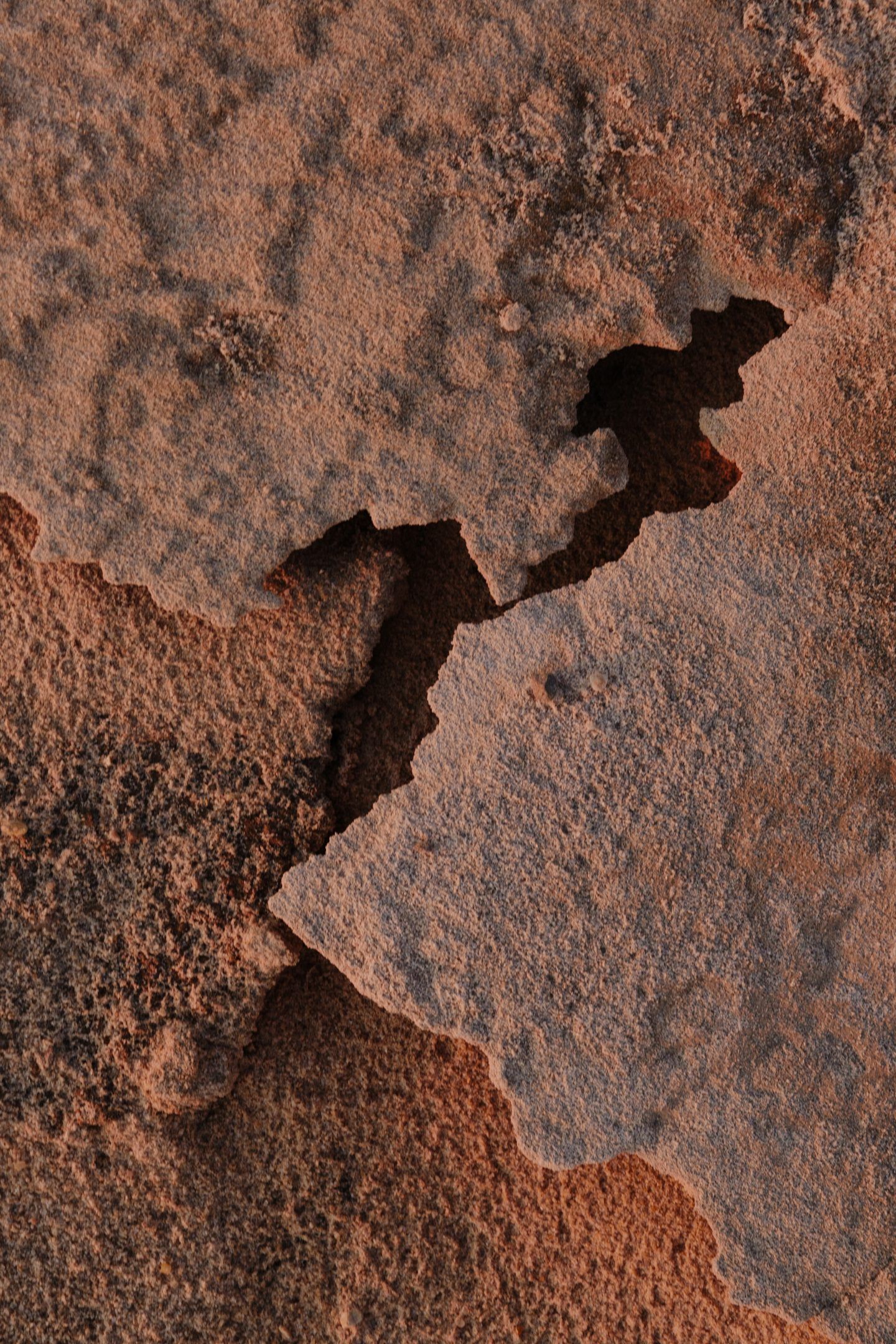
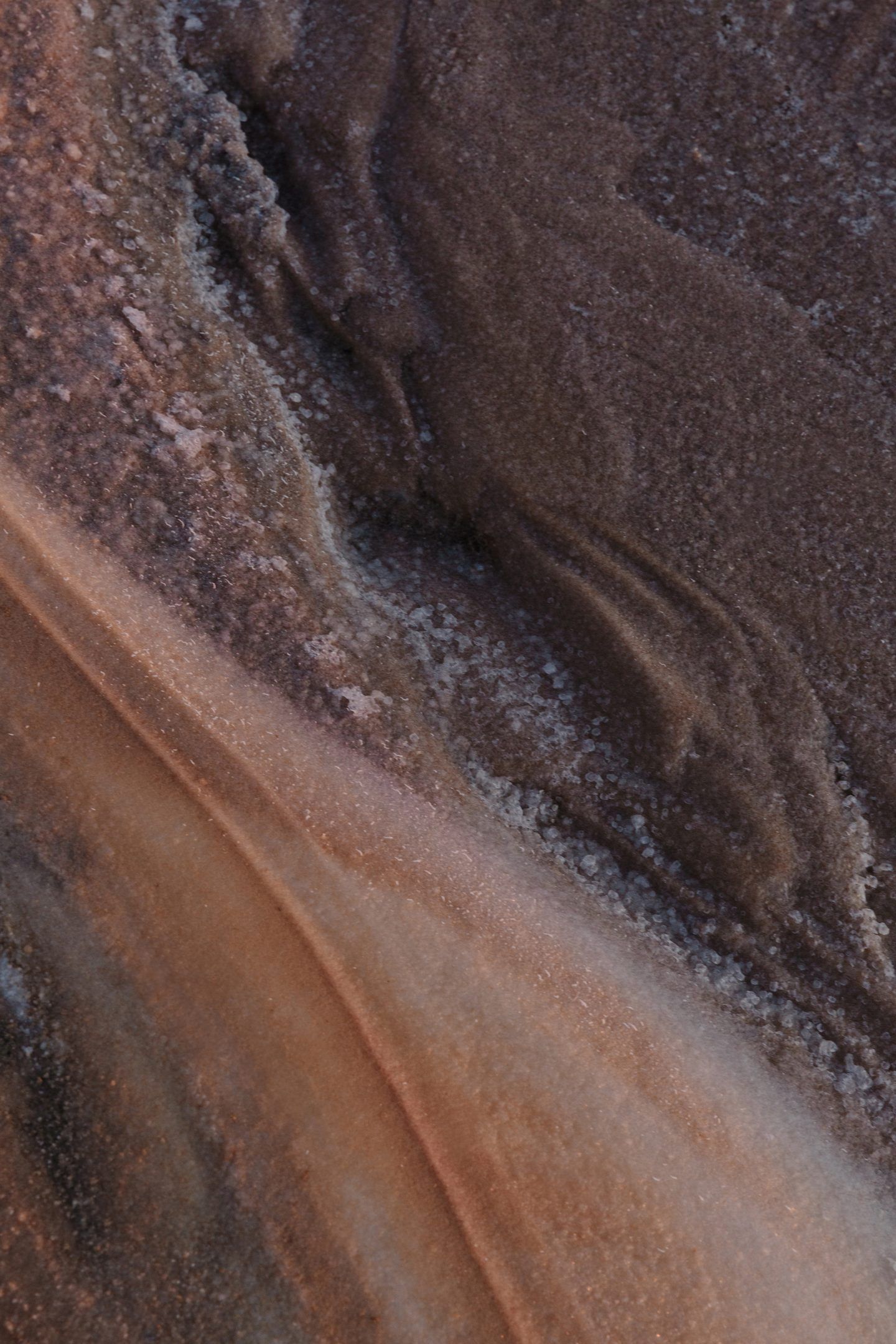
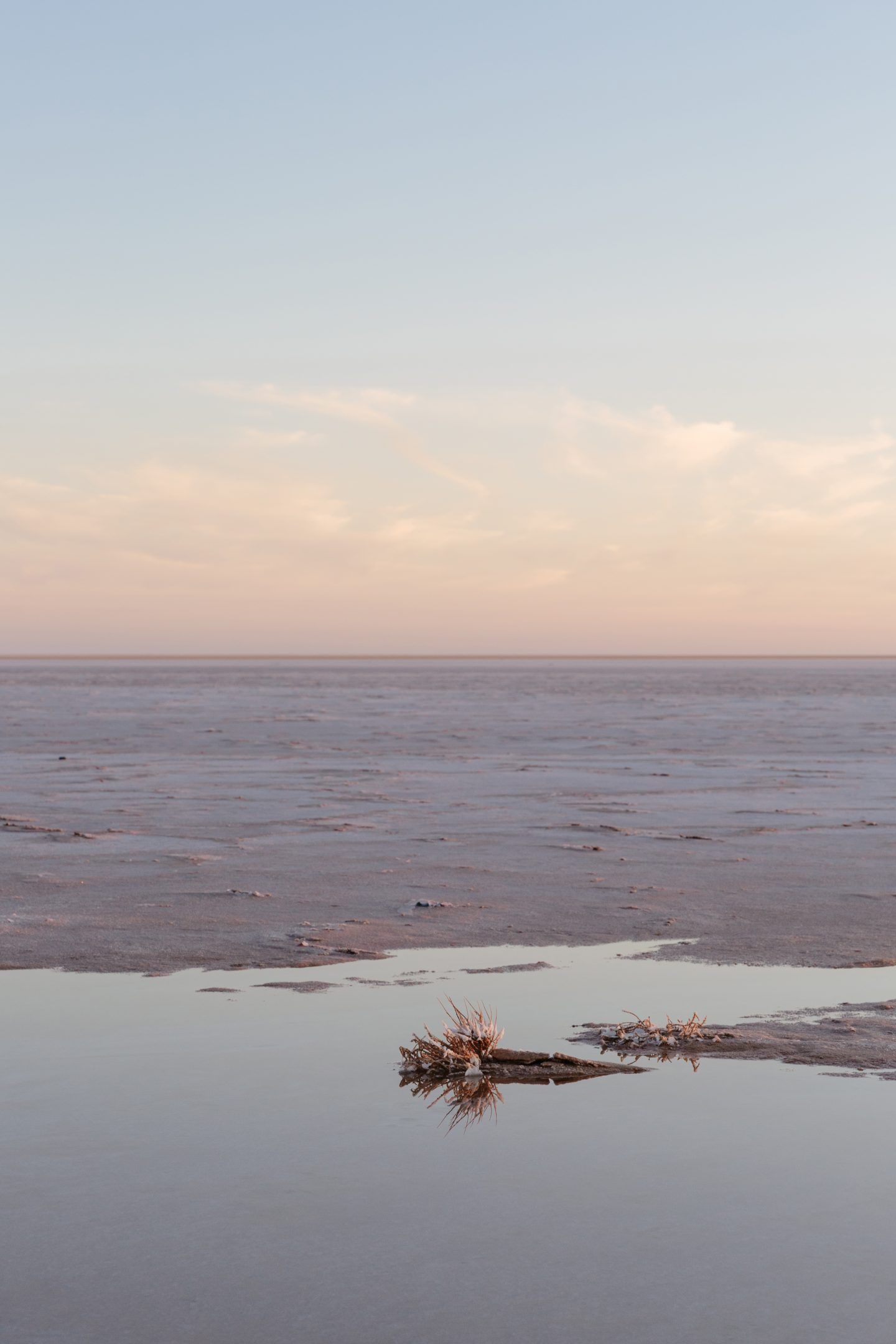
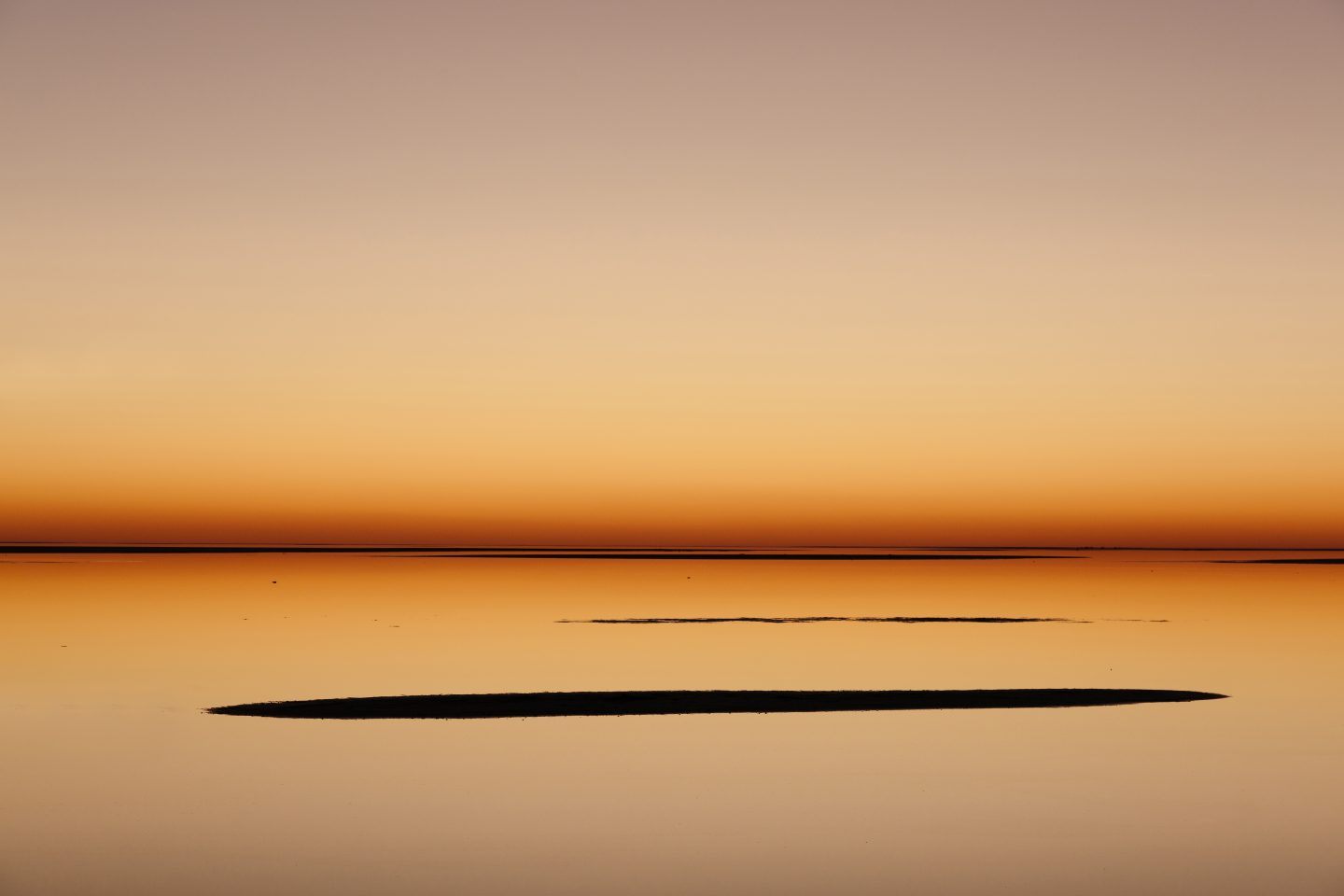
The region remained a mystery as much as a promise of endless discovery.
Our trip ended on the saline waters of the Chott El Djerid, a salt lake that stretches from the Gulf of Gabés westward into Algeria. Strictly speaking it is not a lake, but a flat depressed area covered with a thick skin of salt for most of the year. At first glance, it was a deceptively plain, dry, cracked, and unpromising landscape. At sunset, however, as the sun shined on the salty surface, the salt shimmered and the tantalizing water became dazzled and surreal; its reflections creating startling optical effects, as if sky and water had merged together. Driving back, as the lake’s surface turned from salty to stony again, a small igloo begged for our attention. As we crossed the surrounding lunar landscape for a final photograph of Tunisia’s south under the half-moon illuminated sky, the region remained a mystery as much as a promise of endless discovery.
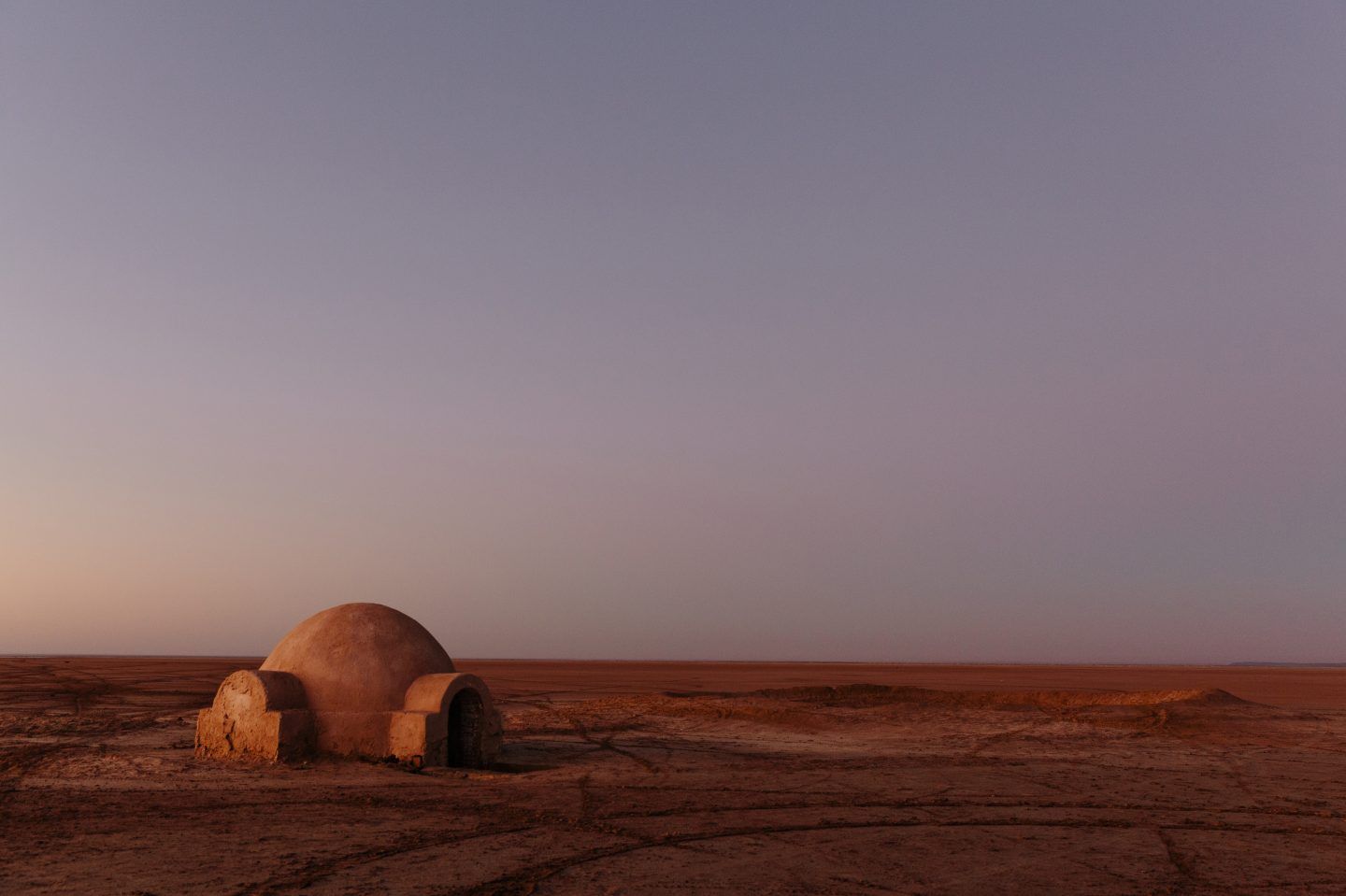
– This story was produced in collaboration with Discover Tunisia –
All images © Marina Denisova for IGNANT production
